

Howard H. Shafferman
Direct: 202.661.2205
Fax: 202.626.9036
hhs@ballardspahr.com
May 11, 2012
By Electronic Filing
Hon. Kimberly D. Bose, Secretary
Federal Energy Regulatory Commission 888 First Street, N.E.
Washington, D.C. 20426
Subject: Midwest Independent Transmission System Operator, Inc. and
International Transmission Company d/b/a ITCTransmission, Docket
No. ER11-1844-000, PUBLIC Version of Testimony of New York
Independent System Operator, Inc. Witness Zachary G. Smith
Dear Ms. Bose:
The New York Independent System Operator, Inc. submits by electronic filing the
PUBLIC version of the attached Prepared Direct and Answering Testimony of Zachary G. Smith (Exhibit NYI-38 for identification), with verification.
The testimony has been served on all parties as required by Rule 2010 of the Commission’s Rules of Practice and Procedure. In addition, two three-hole punched chambers copies are being provided to Presiding Administrative Law Judge Steven Sterner, along
with a summary of the testimony.
Very truly yours,
/s/ Howard H. Shafferman
Howard H. Shafferman
Cc: Parties of Record
Vintricia Alexander. (Law Clerk to Judge Sterner)
HHS/
DMEAST #15031602 v1
Atlanta|Baltimore|Bethesda|Denver|Las Vegas|Los Angeles|New Jersey|Philadelphia|Phoenix|Salt Lake City|San Diego
Washington, DC|Wilmington|www.ballardspahr.com
DOCKET NO. ER11-1844
EXHIBIT NO. NYI-38
UNITED STATES OF AMERICA
BEFORE THE
FEDERAL ENERGY REGULATORY COMMISSION
Midwest Independent Transmission System
Operator, Inc. andDocket No. ER11-1844-000
International Transmission Company d/b/a ITCTransmission
SUMMARY OF TESTIMONY OF ZACHARY G. SMITH (EXHIBIT NYI-38)
Mr. Smith is Manager of Transmission Studies for the New York Independent System Operator, Inc. (“NYISO”).
By submitting testimony addressing the merits of the MISO/ITC filing, the NYISO is not conceding that the Commission has legal authority under the Federal Power Act to accept the MISO/ITC filing, that the Commission has made the findings necessary to permit the NYISO to recover PAR-related charges it receives from MISO from the NYISO’s customers, or that the collection of any or all the proposed charges - under any circumstance - is just and reasonable and not unduly discriminatory or preferential.
In Section III of his testimony, Mr. Smith provides background on the “DFAX analysis”
that is the basis for the cost allocation proposed by the Midwest Independent Transmission
System Operator, Inc. (“MISO”) and the International Transmission Company (“ITC”) in this
proceeding (page 3, line 17 through page 8, line 2). Mr. Smith explains that the DFAX analysis
uses a computer model of the electric network to measure the effect of the load of each
transmission zone on the transmission circuits being analyzed (page 3, line 18 through page 4,
line 7). MISO’s DFAX study tested a hypothetical 2015 case. MISO’s DFAX analysis
measured the total change in MW flow on the four transmission circuits that comprise the
DMEAST #15024162 v2
Michigan/Ontario Interface (“MI/ON Interface”) for power transfers between each studied
region’s generation and that region’s loads. The studies were performed on a region-by-region
basis (they were not performed simultaneously) and all four of the transmission lines that
comprise the MI/ON Interface were permitted to flow freely, without PAR controls. (page 4, line
9 through page 5, line 23).
Mr. Smith explains that it was not appropriate for MISO to base its DFAX analysis on the
contribution to flows across the entire MI/ON Interface (which consist of four circuits). Instead,
MISO’s analysis should only have considered impacts on the “B3N” circuit, on which the PARs
built by ITC that are at issue in this proceeding (the “Replacement PARs”), are located (page 6,
lines 2 through 9). The study MISO performed understates MISO’s expected use of the MI/ON
PARs because MISO power flows from Michigan to Ontario on two of the circuits, and loops
back to Michigan on the two other circuits, but the MISO’s method inappropriately nets these
two flows against each other (page 6, line 11 through page 7, line 6). The DFAX analysis should have set the Replacement PARs on the B3N circuit to “inactive” and the Hydro One PARs to “inactive,” producing a more focused assessment of generation-to-load impacts on that circuit, as shown in a table (page 7, line 8 through page 8, line 1).
In Section IV of his testimony, Mr. Smith assesses the use of load duration curves in the
DFAX analysis (page 8, line 3 through page 13, line 6). He explains that a load duration curve
shows the number of hours of the year that a utility’s or region’s load is at or above a given
percentage of peak load (page 8, lines 4 through 12). Mr. Smith explains why it was improper
for the DFAX analysis to have used the MISO’s load duration curve for all regions, rather than
the load duration curves for each of the regions to which Replacement PAR costs are proposed to
be allocated (page 9, line 3 through page 12, line 7). Applying MISO’s load duration curve to
DMEAST #15024162 v22
New York penalizes the NYISO in the calculation of the overall weighted participation (page 12, line 9 through page 13, line 6).
In Section V of his testimony, Mr. Smith addresses the three load blocks used in MISO’s
DFAX analysis (page 13, line 8 through page 16, line 2). He explains that a load block indicates
the number of hours that the system load levels are within a given range (page 13, lines 9
through 16). Mr. Smith explains MISO’s use of only three load blocks was inappropriate
because such a simplistic construct cannot depict a region’s electricity usage accurately over the
8760 hours in a given year (page 14, lines 1 through 18). Mr. Smith explains that the use of just
three load blocks penalizes New York by mis-assigning a significant portion of the NYISO’s
participation (flows) to higher load hours (page 14, line 20 through page 15, line 19). Instead,
the MISO should have conducted the DFAX analysis for each region based on that region’s load
level for each hour of the year (page 15, line 21 through page 16, line 2).
Section VI of Mr. Smith’s testimony explains other flaws in the DFAX analysis (page 16, line 4 through page 19, line 18). These include ignoring the cumulative contribution of regions other than MISO, NYISO, PJM and IESO to unscheduled Lake Erie power flows. Mr. Smith points out that the multitude of small “contributors” illustrates that if regions are permitted to assess charges to each other on the basis of asserted “benefits” in the absence of regional
agreements, this “chain reaction” and ensuing litigation will have no logical stopping place (page
16, line 5 through page 19, line 6). Other flaws include: (i) failing to include an amount of PJM
generation and an amount of MISO generation, (ii) additional generation was incorrectly added
to the NYISO and (iii) additional loads were incorrectly added to the NYISO (page 19, lines 8
through 18).
DMEAST #15024162 v23
In Section VII, Mr. Smith indicates why a 1998 study referenced in the MISO/ITC filing did not represent a coordinated planning effort to design the PAR originally installed on the B3N circuit (the “Original PAR”)1 as a multi-regional facility, or to allocate the costs of the Original PAR among the regions that participated in the study (page 20, line 1 through page 21, line 14). NYISO has never participated in the MISO’s MTEP planning process, whether with respect to the PARs at the MI/ON Interface or otherwise (page 21, lines 16 through 18).
Section VIII presents NYISO’s modification of the MISO’s DFAX study in order to
rebut claims by MISO and ITC that the Replacement PARs (operating together with the three
“Hydro One PARs” on the Ontario side of the MI/ON Interface) will provide a unique, multi-
region benefit (page 21, line 20 through page 25, line 10). The NYISO’s modification to the
MISO’s DFAX study shows that all PARs in the Eastern Interconnection affect power flows over
the MI/ON Interface. The PARs at the MI/ON Interface are not unique in this regard (page 22,
line 2 through page 25, line 2). If the other PARs in the Eastern Interconnection were removed
from service, the modified DFAX analysis that the NYISO performed suggests that unscheduled
Lake Erie power flows would be substantially higher than they are today (page 25, lines 4
through 10).
1
The Original PAR failed, and was replaced by the Replacement PARs, the cost allocation for which is at issue in this proceeding.
Docket No. ER11-1844
Exhibit NYI-38
Page 1 of 26
UNITED STATES OF AMERICA
BEFORE THE
FEDERAL ENERGY REGULATORY COMMISSION
Midwest Independent Transmission System
Operator, Inc. andDocket No. ER11-1844-000
International Transmission Company d/b/a
ITCTransmission
TESTIMONY OF ZACHARY G. SMITH
1I.SUMMARY OF TESTIMONY
2A summary precedes my testimony.
3
4II.WITNESS IDENTITY AND QUALIFICATIONS
5Q.Please state your name, title and business address.
6A.My name is Zachary G. Smith. I serve as Manager of Transmission Studies for the
7New York Independent System Operator, Inc. (“NYISO”). My business address is
810 Krey Boulevard, Rensselaer, New York 12144.
9
10Q.Please describe your educational background and work experience.
11A.I received a B.S. and M.S. in Electrical Engineering from Michigan Technological
12University. I was employed by Schlumberger Oilfield Services from 2003-2004, and
13joined the Transmission Planning department at the NYISO as an Engineer in 2004.
14In March, 2009 I was promoted to Manager of Transmission Studies. For the last 7
15years, I have been involved in NYISO interconnection and planning studies. My
16current responsibilities include ensuring compliance with planning standards,
Docket No. ER11-1844
Exhibit NYI-38
Page 2 of 26
1criteria, and reliability rules. I serve as Vice-chair of the Eastern Interconnection
2Planning Collaborative (EIPC) Steady State Modeling Load Flow Working Group,
3and am a member of the Steering Committee for the Eastern Interconnection
4Reliability Assessment Group (ERAG), the Joint Interregional Planning Committee,
5the Northeast Power Coordinating Council (NPCC) Task Force on System Studies
6and the NPCC Task Force on Coordination of Planning.
7
8Q.Have you previously testified in regulatory proceedings?
9A.Yes. I testified before the New York State Public Service Commission (“NYSPSC”)
10at a Proceeding on Motion of the Commission to Identify Sources of Electric System
11Losses and the Means of Reducing Them. NYSPSC Case 08-E-0751. In addition, I
12have assisted with preparation of testimony for a number of other proceedings (e.g.,
13Indian Point).
14
15Q.What topics do you address in your testimony?
16My direct testimony:
17(i) provides background on the DFAX analysis performed by MISO (page 3);
18(ii) addresses the load duration curve used in the DFAX analysis (page 8);
19(iii) addresses the load blocks used in the DFAX analysis (page 13);
20(iv) describes other analytic flaws in the DFAX analysis (page 16);
21(v) addresses the purpose of the “MEN Study” referenced in the MISO/ITC filing
22(page 20); and
Docket No. ER11-1844
Exhibit NYI-38
Page 3 of 26
1(vi) explains that all PARs in the Eastern Interconnection affect power flows over the
2Michigan-Ontario interface (page 21).
3
4New York Transmission Owners’ witness David Clarke’s direct testimony addresses
5whether it is appropriate to use a DFAX method, at all, for the type of cost allocation
6that MISO and ITC propose in this proceeding.
7
8Q.In what context are you addressing these topics?
9A.By submitting testimony addressing the merits of the MISO/ITC filing, the NYISO is
10not conceding that the Commission has legal authority under the Federal Power Act
11to accept the MISO/ITC filing, that the Commission has made the findings necessary
12to permit the NYISO to recover PAR-related charges it receives from MISO from the
13NYISO’s customers, or that the collection of any or all the proposed charges - under
14any circumstance - is just and reasonable and not unduly discriminatory or
15preferential.
16
17III.BACKGROUND ON THE DFAX ANALYSIS
18Q.On what theory is the cost allocation proposed in Schedule 36 of the MISO
19tariff based?
20A.The cost allocation is based on a “DFAX analysis” performed by MISO and updated
21as described in Mr. Chatterjee’s testimony filed January 31, 2012. The DFAX
22analysis uses a computer model of the electric network and power flow modeling
23software to calculate individual distribution factors for each facility on which a
Docket No. ER11-1844
Exhibit NYI-38
Page 4 of 26
1reliability violation has been identified. This calculation is performed prior to the
2addition of the reinforcement identified to resolve the violation. The distribution
3factors, represented as percentages, express the portions of a transfer of energy from
4a defined source to a defined sink (i.e., generation-to-load flows or transfers) that
5will flow across a particular transmission facility or group of facilities. On an
6aggregated basis, distribution factors represent a measure of the effect of the load of
7each transmission zone on the transmission circuits being analyzed.
8
9Q.How did MISO structure the DFAX analysis for purposes of its proposed
10allocation of the costs of the ITC replacement phase angle regulators (the
11“Replacement PARs”) among the MISO, PJM and NYISO regions?
12A.According to the testimony of MISO witness Chatterjee (who adopted the testimony
13of former MISO witness Jeff Webb) (at 4-5), the DFAX analysis measures the total
14change in MW flow on a transmission branch for a power transfer between a set of
15generators and loads, in this case between each region’s (e.g., NYISO, PJM, MISO
16and IESO) generation and that region’s load nodes.
17
18The Webb/Chatterjee testimony also states (at 5) that the allocation factors are based
19on the contribution to interface flows in an intermediate level (five-year) planning
20horizon, as representative of typical flow contributions, and states (at 7) that the
21allocation is based on the contributions of each region to loop flows that would flow
22across the Michigan-Ontario interface (the “MI/ON Interface”) if there were no
23PARs at the MI/ON Interface controlling or regulating loop flow. Region-by-region
24contribution is calculated, according to Webb/Chatterjee (at 7), by multiplying the
Docket No. ER11-1844
Exhibit NYI-38
Page 5 of 26
1“shift factors” (distribution factors, shift factors and participation factors all refer to
2the same thing) associated with each load node by the modeled load in megawatts at
3each node, with the shift factor being the amount of change in the sum of the flows
4on the PARs controlling the MI/ON Interface for each MW change of nodal load.
5For example, if reducing the load at a load node by 10 MW resulted in a 1MW
6reduction in flows over one of the four transmission lines at the MI/ON Interface,
7that particular load node would have a 0.1 (10%) distribution factor (or shift factor,
8or participation factor) on the particular transmission circuit that is being studied.
9
10Q.Is MISO basing its DFAX analysis on the contribution to flows across the B3N
11circuit on which the Replacement PARs have been installed?
12A.No. MISO is basing its DFAX analysis on the contribution to flows across the entire
13MI/ON Interface, and not just across the B3N circuit on which the Replacement
14PARs have been installed. In addition to the B3N circuit, the MI/ON Interface
15consists of three other circuits (the J5D, L4D and L51D lines), each of which
16includes a PAR (the Keith T2, the Lambton PS4 and Lambton PS51 PARs,
17respectively). The Keith T2, the Lambton PS4 and Lambton PS51 PARs are all
18located in Ontario and owned by Hydro One Networks Inc. The three PARs that are
19owned by Hydro One are referred to collectively in my direct testimony as the
20“Hydro One PARs.” For ease of reference, I will refer to the circuits that are
21associated with the Hydro One PARs as the J5D, L4D and L51D circuits. The
22Hydro One PARs and the Replacement PARs are referred to collectively in my direct
23testimony at the “MI/ON PARs.”
Docket No. ER11-1844
Exhibit NYI-38
Page 6 of 26
1
2Q.Is the approach the MISO employed appropriate?
3A.No. The DFAX analysis should have been based on the impact of generation-to-load
4flows only over the B3N circuit (on which the Replacement PARs have been
5constructed), and not over the transmission lines that are associated with the Hydro
6One PARs. The Hydro One PARs do not belong to ITC, are not located in the MISO
7(or the United States), and are not the subject of this proceeding. The Replacement
8PARs on the B3N circuit are the only PARs that MISO and ITC are asking NYISO
9and PJM customers to pay for.
10
11Q.Why should the DFAX analysis only consider the generation-to-load flows over
12the B3N circuit?
13A.MISO’s flows over the MI/ON Interface are different from the NYISO, PJM and
14IESO flows. When power is permitted to flow freely over the four circuits on the
15MI/ON Interface they participate in the transfer of power from MISO generation to
16MISO load. Unlike the NYISO, PJM and IESO power flows in the DFAX analysis
17(which are unidirectional), MISO’s power flows “loop” across the four circuits that
18comprise the MI/ON Interface when all MISO load areas are accounted for. The
19MISO DFAX analysis indicates that MISO power flows from Michigan to Ontario
20(positive distribution factors) on the L4D and L51D circuits, and flows back from
21Ontario to Michigan (negative distribution factors) on the J5D and B3N circuits. By
22simply summing the participation factors on all four of the circuits as MISO has
23done, MISO’s use of the MI/ON Interface and true contribution to flows on the B3N
Docket No. ER11-1844
Exhibit NYI-38
Page 7 of 26
1circuit are understated. MISO is using more of the Replacement PARs capability
2than the participation factors from the MISO DFAX analysis reflect.
3
4Evaluating impacts over the Replacement PARs on the B3N circuit is also
5appropriate because the Replacement PARs are the only PARs that MISO and ITC
6are asking NYISO and PJM customers to pay for.
7
8Q.How can the DFAX analysis be structured to only consider the generation-to-
9load flows over the B3N circuit?
10A.The DFAX analysis should have set the Replacement PARs on the B3N circuit to
11“inactive” and the Hydro One PARs to “active,”1allowing all PARs other than the
12B3N PARs to control flow equal to schedule. In this manner, the L4D, L51D, and
13J5D circuits would not have participated in the generation-to-load transfers, but the
14B3N circuit would have participated in those transfers, and the resulting DFAX
15analysis would have focused on the B3N circuit’s participation in those transfers.
16The results of this analysis would have produced a more focused assessment of
17generation-to-load impacts on the B3N circuit, which is the circuit that is associated
18with ITC’s Replacement PARs. The table below provides the weighted participation
19and associated percentages of weighted participation on the B3N circuit only.
20
1 A phase angle regulator set to “active” power flow control will make automatic adjustments to the phase shift angle in order to maintain a certain power flow schedule. A phase angle regulator set to “inactive” power flow control will not make such adjustments, allowing power to flow freely across the circuit.

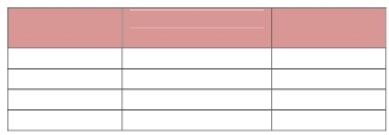
Docket No. ER11-1844
Exhibit NYI-38
Page 8 of 26
RTO
Weighted
Participation
Weighted %
IESO271.7448.78%
1
2
3IV.LOAD DURATION CURVE USED IN THE DFAX ANALYSIS
4Q.What is a load duration curve?
5A.A load duration curve shows the number of hours of the year that the load is at or
6above a given percentage of peak load. To make a load-duration curve, the 8,760
7hours of the year are sorted in decreasing order of their peak hourly load on the x-
8axis. The y-axis represents the percentage of the peak load over the course of the
9year. The load-duration curve for a particular system makes it easy to see, for
10example, that the total system load exceeds 90% of peak load in 200 hours out of the
11year, or that for 50% of the year, the load is at or above some percentage of peak
12load.
13
14Q.How did MISO apply a load duration curve to the planning cases relied on for
15the DFAX analysis?
16A.MISO relied on three planning cases, obtained from the Multiregional Modeling
17Working Group (“MMWG”), representing different system load levels. As stated on
18page 9 of the Webb/Chatterjee testimony, “Load levels modeled were peak load,
19shoulder peak at 85% of peak load, and a light load at 50% of peak.” Each case was
20then weighted by the number of hours in each band (i.e., peak load, 85% of peak
Docket No. ER11-1844
Exhibit NYI-38
Page 9 of 26
1load and 50% of peak load) from the MISO load duration curve.
2
3Q.Did the DFAX analysis utilize the load duration curves for each of the regions to
4which MISO and ITC propose to allocate Replacement PAR costs?
5A.No. As stated on page 9 of the Webb testimony, “Results of each case were
6weighted by the amount of hours in each band from the Midwest ISO load duration
7curve….” (Emphasis added.)
8
9Q.Was it proper for the DFAX analysis to have utilized MISO’s own load duration
10curve for all regions? If not, why not?
11A.No. As indicated in Exhibit NYI-39, the load profiles, described by the load duration
12curves, vary significantly among MISO, IESO, PJM, and NYISO. The variation can
13result from differences in weather patterns and varying characteristics of load within
14each specific region. For greater accuracy, the DFAX analysis should have relied on
15each region’s load duration curve for the generation-to-load transfer analysis of that
16region (e.g., the NYISO load duration curve should apply to the NYISO generation-
17to-load analysis). The NYISO load duration curve (the blue line on the graph in
18Exhibit NYI-39 has fewer peak hours than MISO, PJM, or IESO, and decreases at a
19rate such that NYISO has the fewest hours at any given load level relative to the
20peak (indicated by the percentage of peak load on the y-axis of the graph). The table
21below shows the number of hours contained in each load block identified by MISO
22for the DFAX analysis, i.e., hours between 100% and 85% of peak load (peak), hours
23between 85% and 50% of peak load (shoulder peak), and less than 50% of peak load
24(low load). The “MISO’s 2015 PROMOD Hours as provided in Exhibit A1 to
Docket No. ER11-1844
Exhibit NYI-38
Page 10 of 26
1Chatterjee’s Testimony” portion of the table provides the number of hours in each
2load block, and associated percentages, as specified in the MISO DFAX analysis.
3The rest of the table provides the number of hours in each load block for each region
4based on that region’s 2015 projected load duration curve.


Docket No. ER11-1844
Exhibit NYI-38
Page 11 of 26
1
MISO’s 2015 PROMOD Hours as provided in Exhibit A1 to Chatterjee’s Testimony
Hours between Hours between
Peak and 85% 85% Peak and
Peak50% Peak
2486784
Hours below
50% Peak
1728
Obtained from Ventyx24397570751
Weight (MISO)5.01%86.42%8.57%
2015 PJM hours based on PJM
Load Duration Curve Obtained
Weight (PJM)3.17%75.53%21.30%
2015 NYISO hours based on
NYISO Load Duration Curve
Obtained from Ventyx22156372902
Weight (NYISO)2.52%64.35%33.13%
2015 IESO hours based on IESO
Load Duration Curve Obtained
Weight (IESO)17.56%80.48%1.96%
2
3Using the forecasted 2015 NYISO load duration curve, rather than the MISO load
2 The NYISO recognizes that the number of hours in each load block for the “2015 MISO hours based on
MISO Load Duration Curve Obtained from Ventyx” does not match the number of hours for each load block
in the “MISO’s 2015 PROMOD Hours as provided in Exhibit A1 to Chatterjee’s Testimony.” The NYISO
relied on 2015 projected load duration curve obtained from Ventyx to determine the number of hours in each
load block of the “2015 MISO hours based on MISO Load Duration Curve Obtained from Ventyx.” MISO
declined, in its response to NYISO/MISO 9-1, attached to my testimony as Exhibit NYI-40, to provide
outright the actual load duration curve utilized during its DFAX analysis. After a number of e-mail follow-ups
by NYISO counsel to MISO counsel, attached to my testimony as Exhibit NYI-41, MISO still did not provide
the curve (despite the fact that NYISO possessed a Ventyx license), instead instructing the NYISO how it
could re-create the load duration curve based on data and information already provided by MISO. NYISO was
unable to locate and/or create the load duration curve based on MISO’s instructions and, since MISO’s email
was sent on May 3, 2012, did not have enough time to follow up with MISO prior to submission of this direct
testimony on May 11, 2012.
Docket No. ER11-1844
Exhibit NYI-38
Page 12 of 26
1duration curve, there are 221 hours between 100% and 85% of peak load, 5637 hours
2between 85% and 50% of peak load, and 2902 hours less than 50% of peak load. For
3the NYISO, this means that MISO incorrectly assigned 27 hours to the 100% (peak)
4load block, MISO incorrectly assigned 1147 hours to the 85% (shoulder peak) load
5block, and that 1174 hours should have been assigned to the 50% (low) load block,
6but were not because the MISO instead chose to shoe-horn the NYISO into the
7MISO’s load duration curve.
8
9Q.What effect does the use of the MISO’s load duration curve have on the
10NYISO’s participation factors in the DFAX analysis?
11A.The NYISO participation factors trend lower as load decreases. That is to say,
12NYISO participation factors on the MI/ON Interface are greatest when the NYISO
13load is highest, and NYISO participation factors are the lowest when the NYISO
14load is lowest. While the foregoing statement might seem intuitively obvious
15(NYISO’s participation is highest when its load is highest), participation factors and
16load are NOT necessarily aligned in the DFAX analysis. Both PJM and MISO have
17higher participation factors as their loads decline. In other words, the NYISO’s cost
18responsibility declines if more of the NYISO’s hours are accurately represented as
19occurring in low-load periods. However, MISO and PJM can actually reduce their
20cost responsibility under the MISO’s DFAX method if their hours get reassigned
21from lower load periods to higher load periods.
22
23Applying the MISO’s load duration curve to the NYISO over-assigns high load

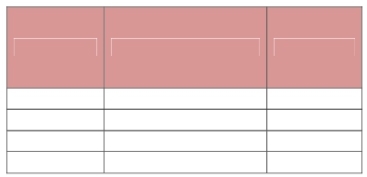
Docket No. ER11-1844
Exhibit NYI-38
Page 13 of 26
1hours to New York and under-assigns low load hours to New York. As a result,
2NYISO is penalized in the overall weighted participation. Set forth below is a
3corrected table of weighted participation factors and associated participation
4percentages for each region, utilizing each region’s load duration curve.
5
RTOWeighted Participation Weighted %
Midwest ISO189.0920.46%
PJM102.4711.09%
NYISO115.4712.49%
IESO517.3255.97%
6
7
8V.LOAD BLOCKS USED IN THE DFAX ANALYSIS
9Q.What is a load block?
10A.A load block indicates the number of hours that the system load levels are within a
11given range. For example, the load block for the peak load utilized by MISO
12includes the number of hours that system load levels are above 85% of peak load.
13The load block for the shoulder peak (85% of peak load) utilized by MISO includes
14the number of hours that system load levels are above 50% and at or below 85% of
15peak load. The low load block includes the hours when total system load was less
16than 50% of the peak load.
17
Docket No. ER11-1844
Exhibit NYI-38
Page 14 of 26
1Q.Please explain the manner in which the DFAX analysis utilizes load blocks.
2A.According to the Webb testimony (at 8-9): “Three planning cases representing
3different system load levels were used. Load levels modeled were peak load,
4shoulder peak at 85% of peak load, and a light load of 50% of peak load. Results of
5each case were weighted by the amount of hours in each band from the Midwest ISO
6load duration curve, to provide a reasonable representation of contributions over all
7system load levels.”
8
9Q.Is the use of three load blocks appropriate?
10A.No. The DFAX analysis should have utilized more than three load blocks.
11
12Q.Why should MISO’s DFAX analysis have used more than three load blocks?
13A.Use of only three load blocks cannot depict a region’s electricity usage accurately
14over the 8760 hours in a given year. By selecting load blocks of 100% (peak), 85%
15(shoulder peak) and 50% (low load), significant MWh are over-counted for
16contribution to flows on the B3N PARs. The slope of each region’s load duration
17curve, as shown in Exhibit NYI-39, makes a representation using only three blocks a
18gross over-simplification.
19
20Q.Why do you think MISO’s use of only three load blocks produces an unjust
21result?
22A.Exhibit NYI-42 compares the NYISO 2015 forecasted load duration curve to the
23forecasted load duration curve used by MISO for the DFAX analysis (“Study
Docket No. ER11-1844
Exhibit NYI-38
Page 15 of 26
1Curve”). The comparison indicates that undue weight is given to all three load
2blocks (i.e., peak load, 85% of peak load and 50% of peak load). The exhibit
3visually shows the amount of NYISO load per hour that is over-counted in MISO’s
4study. While MISO states that its study is based on 100%, 85%, and 50% of peak
5load levels, MISO appears to have used the load levels contained within the MMWG
6cases. As a result, for New York, the three blocks equate to approximately 100%,
773%, and 54% of peak load, not the 100%, 85% and 50% that MISO claimed it used.
8MISO assumed that load will remain steady at 85% of peak load (73% for New
9York) for over nine months of the year. The use of 85% (73% for New York) of
10peak load for more than nine months of the year is simply unrealistic and
11unnecessarily penalizes New York. The New York load duration curve clearly
12indicates that load in New York is lower than 60% of peak load for eight months of
13the year and lower than 50% of peak load for four months of the year. When the
14MISO’s Study Curve is above the “NYISO Load” hourly load duration curve in
15Exhibit NYI-42, the MISO’s analysis is over-counting the MWh used to determine
16New York’s portion of the cost allocation. The area between the curves represents
17the amount of MWh over-counted, since New York’s load is less than the load
18assumed in the Study Curve utilized by MISO. For New York, this equated to MISO
19over-counting approximately 40,000,000 MWh.
20
21Q.What alternative approach would have been more accurate?
22A.The MISO should have conducted the DFAX analysis for each region based on that
23region’s load level for each hour of the year. That is, MISO should have conducted
Docket No. ER11-1844
Exhibit NYI-38
Page 16 of 26
18,760 DFAX runs for each region. This analysis could be completed in a reasonable
2amount of time by adjusting load levels to correspond to each hour for all regions.
3
4VI.OTHER ANALYTIC FLAWS OF THE DFAX ANALYSIS
5Q.Do other regions, besides the four regions MISO included in the DFAX analysis,
6contribute to Lake Erie unscheduled power flow?
7A.Yes. MISO admits in its supplemental response to NYISO/MISO 2-2 (Exhibit NYI-
843 hereto) that “one hundred percent of Lake Erie loop flow is not caused by
9NYISO, MISO, IESO and PJM.” MISO asserts further that “professional judgment
10indicates that distribution factors of other Balancing Authorities outside of [MISO,
11IESO, NYISO and PJM] would fall below modeling thresholds and have de minimis
12aggregate impacts.” However, this is not the case. In fact, as indicated in the table
13below, prepared by the NYISO applying the MISO methodology, the collective
14generation-to-load flows of regions other than MISO, IESO, PJM and NYISO
15contribute significantly to Lake Erie unscheduled power flow (approximately 4% in
16the aggregate), but are not accounted for in MISO’s DFAX analysis. The NYISO is
17not recommending that MISO send bills to each of these regions, rather, this
18illustrates, as discussed in Mr. Yeomans’s testimony, that all interconnected systems
19affect and benefit each other. If regions are permitted to assess charges to each other
20on the basis of asserted “benefits” in the absence of an agreement between the two
21regions, this “chain reaction,” and the ensuing litigation, will have no logical
22stopping place.

Docket No. ER11-1844
Exhibit NYI-38
Page 17 of 26
1
RTO
Weighted
Participation
Weighted %
SPP2.160.23%
2
3
4Q.How were the participation factors in your table calculated?
5A.The methodology MISO utilized in its DFAX analysis, with all its flaws, was applied
6to each area listed in the table above. For each area, the total generation in that area
7was transferred to the total load in that area. The participation factors were then
8calculated by multiplying that area’s load by the distribution factors from that
9transfer on the four MI/ON PARs.
10
11Q.Why do the MISO, PJM, and NYISO participation factors in your table not
12exactly match the MISO DFAX analysis?
13A.The NYISO recognizes that slight differences in weighted participation factors
Docket No. ER11-1844
Exhibit NYI-38
Page 18 of 26
1compared to Chatterjee exhibit A1 exist. Despite my careful review of all the data, I
2am unable to determine the cause of the slight difference in results.
3
4Q.What are areas “BREC” and “DPC”?
5A.“BREC” stands for Big Rivers Electric Corporation and “DPC” stands for Dairyland
6Power Cooperative. BREC is an electric cooperative located in Kentucky and DPC
7is an electric cooperative located in western Wisconsin.
8
9Q.Why are BREC and DPC participation factors low?
10A.For the purposes of the table, BREC and DPC were each treated as self-sufficient
11areas by only transferring generation within those respective areas to load within
12those respective areas.
13
14Q.Is MISO’s treatment of BREC and DPC appropriate?
15A.No. BREC and DPC were completely excluded from MISO’s DFAX analysis. As
16indicated in FERC’s Order Accepting Compliance Filing,3DPC joined MISO as a
17transmission-owning member effective June 1, 2010 and should have been included
18in the MISO’s DFAX analysis. BREC was in the process of joining MISO at the
19time of the MISO/ITC October 20, 2010 cost allocation filing and is now a member
3 132 FERC ¶ 61,174 (2010).
Docket No. ER11-1844
Exhibit NYI-38
Page 19 of 26
1of MISO, but was not included in MISO’s analysis. As indicated in FERC’s orders,4
2BREC and MISO filed revisions to MISO’s Tariff to include BREC as a member of
3MISO, effective December 1, 2010. Had these cooperatives been included as part of
4MISO at the time of the DFAX analysis, MISO load would increase by more than
52,700 MW and those cooperative’s loads would contribute to the overall
6participation factors for MISO.
7
8Q.Are you aware of other flaws in the MISO’s DFAX analysis?
9A.Yes. The DFAX analysis contains a significant number of flaws. First, 3,751 MW
10of generation in PJM did not participate in the transfer when simulated by MISO
11because MISO did not include these generators as part of the PJM generation
12subsystem. Second, 467 MW of generation in MISO did not participate in the
13transfer when simulated by MISO because MISO did not include these generators as
14part of the MISO generation subsystem. Third, a 330 MW equivalent generator
15modeled in Long Island, New York for the purpose of representing the Cross Sound
16Cable should have been excluded from the NYISO generation subsystem. Fourth,
17loads were incorrectly added to the Ramapo 500 kV and Ramapo 345 kV buses
18within NYISO in the light load (50%) case.
19
4 See Midwest Independent Transmission System Operator, Inc. and Big Rivers Electric Corporation, 133 FERC ¶ 61,175 (2010) and Midwest Independent Transmission System Operator, Inc. Letter Order issued February 2, 2011, Docket No. ER11-16-001.
Docket No. ER11-1844
Exhibit NYI-38
Page 20 of 26
1VII.THE “MEN” STUDY
2Q.Have you reviewed the “MEN Study” referred to in the filing in this
3proceeding?
4A.Yes. It was provided in response to NYISO/MISO 1-13, and is attached to my
5testimony as Exhibit NYI-44.
6
7Q.Would you please summarize the purpose of the study?
8A.The purpose of the study was to ensure that the reliability, including interregional
9emergency transfer capabilities, of other Control Areas around Lake Erie would not
10be adversely impacted by the proposed installation by Detroit Edison of the original
11PAR on the B3N circuit (referred to in this proceeding as the “Original PAR”). This
12is evidenced, for example, by the following language used in the study (at page 5 of
13Exhibit NYI-44):
14The scope was formulated to ascertain the continued reliable operation of the
15interconnected regional systems, and addressed four areas of study:
16Impact on interregional transfer capabilities
17Impact on interregional power flows
18Operational considerations (interactions among PARs)
19Impact on system dynamic performance.
20
21The first conclusion presented in the MEN Study (at page 6 of Exhibit NYI-44)
22states that “the new Michigan-Ontario phase shifters do not significantly harm
23system reliability provided they will be operated in accordance with existing regional
24and interregional operating principles during emergencies.”
25
Docket No. ER11-1844
Exhibit NYI-38
Page 21 of 26
1Q.Does the MEN Study represent a coordinated planning effort to design the
2Original PAR as a multi-regional facility, or to allocate costs among those
3multiple regions?
4A.No. There is no language in the study evidencing such purposes. In fact, as I
5explained above, the MEN Study was initiated “[i]n order to ensure continued
6reliable operation of the interconnected regional systems…” (at page 39 of Exhibit
7NYI-44, “Appendix D - Scope of Study”). The MEN Study used linear transfer
8analysis to determine the potential impacts on interregional emergency transfer
9capability, or first contingency incremental transfer capability (FCITC). The FCITC
10results do not guide planning or design of the system, but rather provide insight to
11system operators as to the state of the interregional power system and the level of
12emergency assistance they may be able to rely on. The MEN Study is silent with
13respect to coordinated planning, design and allocation of costs with respect to the
14MI/ON PARs.
15
16Q.Has NYISO ever participated in the MISO’s MTEP planning process, whether
17with respect to the MI/ON PARs or otherwise?
18A.No, as admitted by MISO in its response to NYISO/MISO 4-2 (Exhibit NYI-45).
19
20VIII.ALL PARS IN THE EASTERN INTERCONNECTION AFFECT POWER
21FLOWS OVER THE MI/ON INTERFACE
22Q.What does MISO claim the benefits of the MI/ON PARs will be?
23A.MISO claims, without any practical operating experience, that the MI/ON PARs will
24provide a significant, unique, multi-region benefit. The unique benefit MISO claims
25the MI/ON PARs will provide is control of Lake Erie loop flow.
Docket No. ER11-1844
Exhibit NYI-38
Page 22 of 26
1
2Q.Are the MI/ON PARs the only PARs in the Eastern Interconnection that
3mitigate Lake Erie loop flow?
4A.No. All PARs in the Eastern Interconnection have an impact on Lake Erie loop flow,
5including PARs located in New York at the NYISO/PJM border, the NYISO/IESO
6border and in New York City.
7
8Q.How did you test the theory that all PARs have an impact on Lake Erie loop
9flow?
10A.To test the MISO’s theory that the MI/ON PARs are the only PARs that mitigate
11Lake Erie loop flow, the NYISO re-ran MISO’s DFAX analysis with one significant
12modification. Before performing the analysis, the NYISO set all PARs in the
13Eastern Interconnection to not control power flows (to be “inactive”). The results
14produced by the NYISO’s modified DFAX analysis are included in the table below.
15The table provides (1) the weighted participation on the MI/ON Interface for each
16region based on the MISO’s original DFAX analysis, which set all PARs EXCEPT
17the MI/ON PARs to be “active,” and (2) the weighted participation on the MI/ON
18Interface for each region based on the NYISO’s modified DFAX analysis with ALL
19PARs set to be “inactive.”

Docket No. ER11-1844
Exhibit NYI-38
Page 23 of 26
1
2
Weighted Participation on
Weighted Participation on the the MI/ON Interface with All
RTOMI/ON Interface as Presented Eastern Interconnection
in MISO’s DFAX Analysis PARs Modeled as Inactive as
Re‐Ran by NYISO
MISO190.59307.20
PJM96.82182.89
NYISO118.64235.75
IESO
Total
Participation on the MI/ON Interface
3
504.48490.43
910.531216.27
4Q.How did switching the PARs in the Eastern Interconnection (other than the
5MI/ON PARs) from “active” to “inactive” status in the DFAX analysis impact
6Lake Erie unscheduled power flows, measured at the MI/ON Interface?
7A.The modified analysis, performed with all of the PARs in the Eastern
8Interconnection set to “inactive” produced significantly higher unscheduled Lake
9Erie power flows, measured at the MI/ON Interface. MISO’s participation increased
10by approximately sixty percent, and PJM and NYISO’s participation doubled.
11Overall, unscheduled power flows increased by approximately 33.6 percent.
13Q.Please explain how you reached this conclusion.
14A.The results of the NYISO’s analysis indicate a much larger total weighted
15participation on the MI/ON Interface from three of the four regions studied (IESO’s
16flows decreased slightly). The total weighted participation on the MI/ON Interface
17increased by approximately 33.6% when all the PARs were set to an inactive state.
Docket No. ER11-1844
Exhibit NYI-38
Page 24 of 26
1
2Q.Are you surprised that the NYISO’s weighted participation on the MI/ON
3Interface doubled as a result of representing all PARs in the Eastern
4Interconnection as “inactive”?
5A.No. Other regions are shielded from NYISO unscheduled power flows (and the
6NYISO is shielded from their unscheduled power flows) by a string of PARs, Direct
7Current transmission lines, and a Variable Frequency Transformer controlled
8transmission line, that are all located on the eastern portion of the NYISO/PJM
9border, between the load centers of New York City and Northern New Jersey. A pair
10of PARs partially shields the NYISO’s border with Ontario. In addition to these
11PARs, the NYISO has a number of PARs within New York City. It is not surprising
12to me that NYISO’s weighted participation on the MI/ON Interface increases from
13118.64 to 235.75 (as shown in the table above) when all of the NYISO’s PARs are
14placed in an inactive state. The results of the NYISO’s modified DFAX analysis
15show that the NYISO’s PARs shield MISO, IESO and other Balancing Authority
16Areas from New York power flows. The very same sets of PARs likely reduce
17PJM’s measured flows over the MI/ON Interface as well. The loop flow reduction
18benefits that PARs located in New York and PJM provide are the same benefit
19MISO claims its Ontario/Michigan PARs will provide to New York and PJM
20customers.
21
22Q.Does MISO’s weighted participation on the MI/ON Interface also increase?
23A.Yes. MISO’s weighted participation on the MI/ON Interface also increased
24significantly when the PARs in the Eastern Interconnection were modeled as
Docket No. ER11-1844
Exhibit NYI-38
Page 25 of 26
1“inactive.” MISO’s weighted participation increases by 61.2% from 190.59 to
2307.2.
3
4Q.What does the observed increase in weighted participation indicate?
5PARs in the Eastern Interconnection tend to mitigate Lake Erie loop flows when they
6are being actively operated to better control power flows. The Replacement PARs
7and the MI/ON PARs are not unique in this regard. If the other PARs in the Eastern
8Interconnection were removed from service, the modified DFAX analysis that the
9NYISO performed suggests that Lake Erie loop flow would be substantially higher
10than it is today.
11
12IX.CONCLUSION
13Q.Does this conclude your testimony?
14A.Yes.
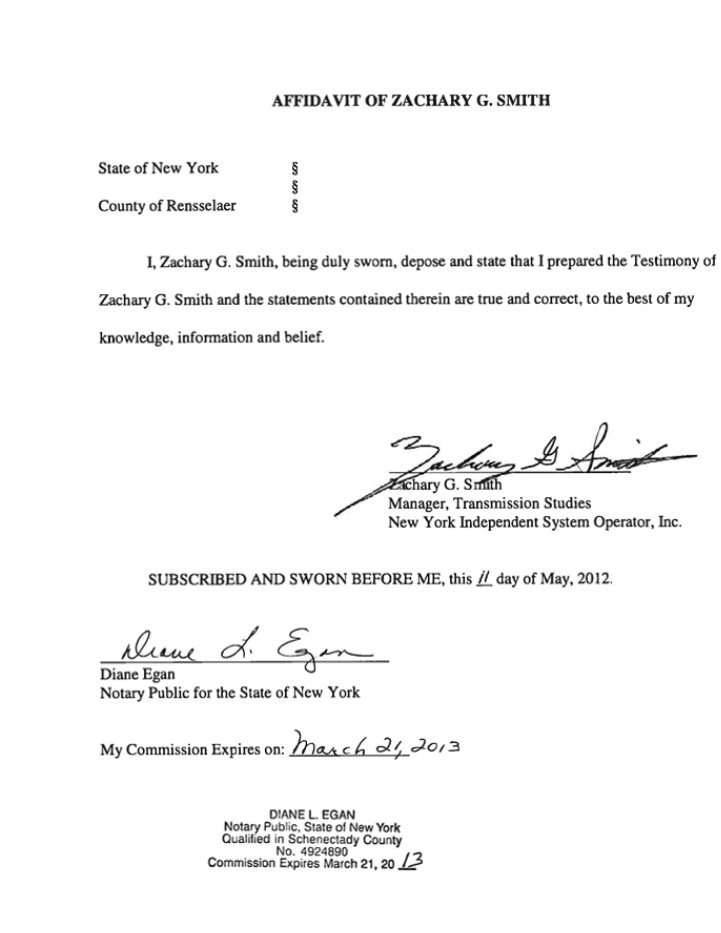
Docket No. ER11-1844
Exhibit NYI-38
Page 26 of 26
DOCKET NO. ER11-1844
EXHIBIT NO. NYI-39
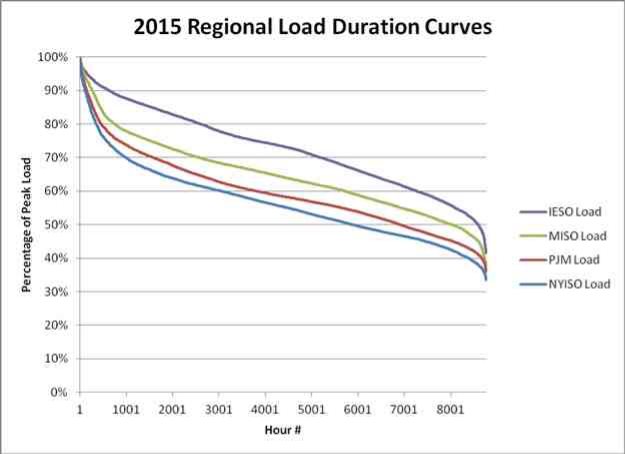
Docket No. ER11-1844
Exhibit No. NYI-39
Page 1 of 1
DOCKET NO. ER11-1844
EXHIBIT NO. NYI-40
Docket No. ER11-1844
Exhibit No. NYI-40
Page 1 of 1
NYISO/MISO 9-1. Please provide the load duration curve(s) used to prepare the
DFAX analysis offered in support of the cost allocation reflected in the
MISO/ITC Filing.
Response:
MISO sustains its prior objection to this request on the grounds previously raised and also due to
the limitations imposed upon MISO pursuant to its software license agreement with Ventyx
(formerly New Energy Associates LLC (“NEA”)) which is now a subsidiary of ABB. The load
duration curve used to prepare the Dfax analysis is derived through a Ventyx proprietary
software application. Pursuant to MISO’s license with Ventyx/NEA, MISO is not permitted to
share this information without prior approval from Ventyx/NEA, or without being subject to a
requirement of a governmental agency or law to disclose the information so long as Ventyx/NEA
is afforded notice of such requirement to permit it to seek appropriate relief against such
disclosure. However, the license agreement appears to permit MISO to share certain information
with NYISO if NYISO is also licensed by Ventyx/NEA to use such information. NYISO has not
demonstrated whether it is entitled to such information sharing privileges pursuant to its own
software license. MISO suggests a meet and confer with NYISO counsel to determine a process
for NYISO to receive the information it seeks, and this may not necessarily involve MISO.
NYISO may be entitled to information pursuant to information sharing privileges it may already
enjoy pursuant to its own Ventyx/NEA software license. MISO also believes that NYISO can
procure a license directly from Ventyx/NEA to receive the information it seeks.
Sponsored by:Digaunto Chatterjee and Counsel
DOCKET NO. ER11-1844
EXHIBIT NO. NYI-41
Docket No. ER11-1844
Exhibit No. NYI-41
Page 1 of 8
From:DeSalle, David M.
To:Shafferman, Howard H. (DC);
cc:Schnell, Alex; Sweeney, James H.; Semrani, Jack N. (DC);
Subject:RE: Docket No. ER11-1844 -- NYISO Ninth Set of Data Requests to MISO
Date:Thursday, May 03, 2012 2:11:01 PM
Howard,
Thanks for verifying that NYISO does have a Ventyx software license for Simulation Ready Data per below.
Based upon further discussions, MISO believes that all the data inputs NYISO needs regarding
load curve duration have already been provided with and can be extracted from the DFAX
materials that were included in Digaunto Chatterjee's January 31, 2012 testimony, and in the first
CD with DFAX data that MISO sent to all parties pursuant to the protective order (this was the
Powerbase data set that MISO used, so recipients should be able to run their own simulations).
NYISO can follow the steps indicated below which were the same steps MISO followed in the
DFAX study materials and provided to the parties, and this information is noted on the DFAX
sheet for 2015.
(1) aggregate MISO+PJM+NYISO load
(2) Note the peak, 85% of peak load and 50% of peak load.
(3) Look at the associated hours load is between peak and 85% of peak, hours between 85% peak and 50% of peak and then hours below 50% of peak.
(All of this as noted in the DFAX sheet for 2015 year.)
MISO believes that the data and instruction identified above should be responsive to NYISO's Data Request 9-1. Please let us know if NYISO has additional questions.
Best regards,
David
David M. DeSalle, Esq. | Venable LLP
t 202.344.4504 | f 202.344.8300 | m 240.994.8830 575 7th Street, NW, Washington , DC 20004
DMDeSalle@Venable.com | www.Venable.com
From: Shafferman, Howard H. (DC) [mailto:HHS@ballardspahr.com] Sent: Wednesday, May 02, 2012 5:46 PM
To: DeSalle, David M.
Cc: Schnell, Alex (ASchnell@nyiso.com); James Sweeney (jsweeney@nyiso.com); Semrani, Jack
N. (DC)
Subject: RE: Docket No. ER11-1844 -- NYISO Ninth Set of Data Requests to MISO
David -- “Simulation Ready Data” is the only software product identified by David below
Docket No. ER11-1844
Exhibit No. NYI-41
that is covered by the NYISO’s Ventyx license.
Page 2 of 8
From: DeSalle, David M. [mailto:DMDeSalle@Venable.com]
Sent: Wednesday, May 02, 2012 5:09 PM
To: Shafferman, Howard H. (DC)
Cc: Schnell, Alex (ASchnell@nyiso.com); James Sweeney (jsweeney@nyiso.com); Semrani, Jack
N. (DC)
Subject: RE: Docket No. ER11-1844 -- NYISO Ninth Set of Data Requests to MISO
Howard,
Why didn’t you say so!—that may significantly simplify things per my suggestion at (1) on the
triage list below. Can you please indicate which software tools the NYISO license covers, or more to the point, whether the ProMod IV; Powerbase; and MarketVision Data (Simulation Ready Data) software products are covered? MISO and NYISO might be in a position to share Ventyx
information directly. On your second point, the “all”s in NYISO/MISO 2-1 have been objected to due to the overly broad and burdensome nature of the general request, but notwithstanding its objection, MISO has been appropriately responsive as demonstrated yet again today. See
response to NYISO/MISO 2-1 (attached).
Best regards,
David
David M. DeSalle, Esq. | Venable LLP
t 202.344.4504 | f 202.344.8300 | m 240.994.8830 575 7th Street, NW, Washington , DC 20004
DMDeSalle@Venable.com | www.Venable.com
From: Shafferman, Howard H. (DC) [mailto:HHS@ballardspahr.com]
Sent: Wednesday, May 02, 2012 1:25 PM
To: DeSalle, David M.
Cc: Schnell, Alex (ASchnell@nyiso.com); James Sweeney (jsweeney@nyiso.com); Semrani, Jack
N. (DC)
Subject: RE: Docket No. ER11-1844 -- NYISO Ninth Set of Data Requests to MISO
David,
We have a Ventyx license, but we are not able to ensure that we will be able to describe the load duration curve actually utilized by MISO to prepare the DFAX analysis. So we will need MISO's assistance to obtain this document.
With respect to your other points, I note that on February 9, NYISO asked:
Docket No. ER11-1844
Exhibit No. NYI-41
Page 3 of 8
NYISO/MISO 2-1. For each MISO witness, provide copies of all Documents used or relied upon to prepare that witness’s testimony, including all supporting studies/analyses and the underlying data.
The load duration curve was mentioned in Mr. Webb's testimony, but not identified or provided in your response. Nor is it "readily available" given the licensing circumstances.
Best regards,
Howard
From: DeSalle, David M. [mailto:DMDeSalle@Venable.com]
Sent: Wednesday, May 02, 2012 12:24 PM
To: Shafferman, Howard H. (DC)
Cc: Schnell, Alex (ASchnell@nyiso.com); James Sweeney (jsweeney@nyiso.com); Semrani, Jack
N. (DC)
Subject: RE: Docket No. ER11-1844 -- NYISO Ninth Set of Data Requests to MISO
Howard,
I’m on an unrelated conf call (normally would call you) but given your indication of urgent need and threat of motion to compel, I’m typing a quick response. I can be available for a call early this afternoon, probably after 1pm.
As indicated in the response to 9-1, MISO is willing to work with NYISO as may be appropriate to get the information it seeks (consistent with the accommodating posture MISO has exhibited throughout this proceeding) but this must be within MISO’s rights under the Commission’s
discovery rules not to be subject to burdensome discovery if a requestor already has access to information sought and also in compliance with MISO’s obligations under its license agreement and the requirements of the Protective Order. MISO has identified several possible avenues for NYISO to get the information it seeks and will work with NYISO on this.
Have you checked yet whether NYISO has its own license from Ventyx that eliminates MISO as the middle man on what you seek or appears to allow MISO to provide the information directly to NYISO under the confidential information exception among licensees? MISO believes that many of the participants in this proceeding already do and already have access to the information sought in NYISO 9-1, thus MISO’s response and objection.
Also, regarding your assumption as to ALJ Sterner’s likely views, note that NYISO has had the DFAX study information in this proceeding for approximately a year and a half, but has waited until April 17, 2012 and NYISO’s Ninth Set of Data Requests to request the information sought in NYISO 9-1. It has been solely up to NYISO to determine the timing and priority of information sought through its extremely wide ranging sets of data requests served on MISO over the past 4 months. That may also influence the ALJ’s views.
Docket No. ER11-1844
Exhibit No. NYI-41
Page 4 of 8
In my opinion, the appropriate triage of approaches for NYISO to get the information it seeks in
Set 9 is its data requests is to:
(1) Procure the information directly from Ventyx if NYISO has a license already or
demonstrate that NYISO can receive the information from MISO directly pursuant to the
exception provided in the license (NYISO has not yet provided any information along these
lines)
(2) Have MISO request permission from Ventyx for the information to be shared per the license agreement and pursuant to the Protective Order (MISO will do so)
(3) Pursue a motion to compel
Rather than jumping directly to (3) as you indicate above, it seems reasonable that NYISO should first respond to MISO on (1) (MISO still awaits a response), and depending on NYISO’s response, MISO will either share the confidential information or proceed with (2), then depending upon Ventyx’s response, the parties can proceed to (3) if necessary, which provides appropriate
protection for Ventyx’s confidential information under the license agreement and ensures that MISO is not in violation of the license agreement.
Best regards,
David
David M. DeSalle, Esq. | Venable LLP
t 202.344.4504 | f 202.344.8300 | m 240.994.8830 575 7th Street, NW, Washington , DC 20004
DMDeSalle@Venable.com | www.Venable.com
From: Shafferman, Howard H. (DC) [mailto:HHS@ballardspahr.com]
Sent: Wednesday, May 02, 2012 11:16 AM
To: DeSalle, David M.
Cc: Schnell, Alex (ASchnell@nyiso.com); James Sweeney (jsweeney@nyiso.com); Semrani, Jack
N. (DC)
Subject: RE: Docket No. ER11-1844 -- NYISO Ninth Set of Data Requests to MISO
Hi, David -- We need the MISO load duration curve immediately. Please obtain
"prior approval" from MISO's vendor (as your response indicates is a possibility),
and supply it today if possible. This is a key workpaper of your case/testimony
(see Webb/Chatterjee at 9), as the DFAX analysis relies upon its use. I do not
think Judge Sterner will view this situation favorably to MISO if presented with a
motion to compel.
Thanks. Please let me know one way or the other as soon as possible.
Docket No. ER11-1844
Exhibit No. NYI-41
Page 5 of 8
Howard
From: DeSalle, David M. [mailto:DMDeSalle@Venable.com]
Sent: Tuesday, May 01, 2012 4:43 PM
To: Semrani, Jack N. (DC)
Cc: 'Adrienne Clair'; 'Alex Scnell'; 'Amy Blauman'; 'Andrew Dotterweich'; 'Andrew Jamieson';
'Andrew Neuman'; 'AnJou Hsiung'; 'Anne Vogel'; 'Barry Spector'; 'Beth Roads'; 'Bill Booth'; 'Brian
Drumm'; 'Bruce Bleiweis'; 'Carlo Capra'; 'Carrie Bumgarner'; 'Catherine McCarthy';
'cbilke@misoenergy.com'; 'Chris Norton'; 'Craig Glazer'; 'Cynthia Crane'; 'Dana Horton'; Nosse,
David A.; 'Dave Berman'; 'David Goroff'; 'David Grover'; 'David Zwergel'; 'Deborah Moss';
'dhines@misoenergy.org'; 'dichatterjee@misoenergy.org'; 'Donna Zugris'; 'Ed Tatum'; 'Elias
Farrah'; 'Eric Runge'; 'G. Philip Nowak'; 'Gary Guy'; 'Gary Newell'; 'Gregory Troxell'; 'Heather
Curlee'; 'Jacqueline Hardy'; 'James Keegan'; 'James Musial'; 'Janine Leath'; 'Jeanne Dworetzky';
'Jeff Schwarz'; 'Jeff Webb'; 'Jennifer Morrisey'; 'John Borchert'; 'John Staffier'; 'Joseph Nelson';
'Karen Hill'; 'Kathleen Sherman'; 'Kelly Geer'; 'kfrankeny@misoenergy.org'; 'Kwafo Adarkwa';
'Laura Sheppeard'; 'Leigh Chapman'; 'lieboc@pjm.com'; 'Michael Krauthamer'; 'Michael Moltane';
'Michael Regulinski'; 'Mike Sheilds'; 'Miles Mitchell'; 'Molly Suda'; 'Neil Butterklee'; 'Nina Jenkins-
Johnston'; 'Patricia Barone'; 'Patricia Hurt'; 'Paul Napoli'; 'Pauline Foley'; 'Purvi Patel'; 'R. Scott
Mahoney'; 'Rajnish Barua'; 'Raymond Kershaw'; 'Rebecca Sterzinar'; 'Roni Epstein'; 'Roxane
Maywalt'; 'Ryan Collins'; 'Scott Strauss'; Shafferman, Howard H. (DC); Simon, Daniel R. (DC);
'Stan Berman'; 'Steve Videto'; 'Stu Bresler'; 'Suketu Shah'; 'Takis Laios'; 'Ted Davis'; 'Theodore
Paradise'; 'Thomas Wrenbeck'; 'Timothy Greenen'; 'tmallinger@misoenergy.org'; 'Tom Bainbridge';
'Vilna Gaston'; 'Vis Tekumalla'; 'Walter Dorr'; 'Wendy Reed'; 'Wesley Walker'
Subject: RE: Docket No. ER11-1844 -- NYISO Ninth Set of Data Requests to MISO
Jack,
Attached please find MISO’s Response to NYISO Set 9. Best regards,
David
David M. DeSalle, Esq. | Venable LLP
t 202.344.4504 | f 202.344.8300 | m 240.994.8830 575 7th Street, NW, Washington , DC 20004
DMDeSalle@Venable.com | www.Venable.com
From: Semrani, Jack N. (DC) [mailto:SemraniJ@ballardspahr.com]
Sent: Tuesday, April 17, 2012 4:53 PM
To: DeSalle, David M.
Cc: 'Adrienne Clair'; 'Alex Scnell'; 'Amy Blauman'; 'Andrew Dotterweich'; 'Andrew Jamieson';
'Andrew Neuman'; 'AnJou Hsiung'; 'Anne Vogel'; 'Barry Spector'; 'Beth Roads'; 'Bill Booth'; 'Brian
Drumm'; 'Bruce Bleiweis'; 'Carlo Capra'; 'Carrie Bumgarner'; 'Catherine McCarthy';
'cbilke@misoenergy.com'; 'Chris Norton'; 'Craig Glazer'; 'Cynthia Crane'; 'Dana Horton'; Nosse,
David A.; 'Dave Berman'; DeSalle, David M.; 'David Goroff'; 'David Grover'; 'David Zwergel';
Docket No. ER11-1844
Exhibit No. NYI-41
Page 6 of 8
'Deborah Moss'; 'dhines@misoenergy.org'; 'dichatterjee@misoenergy.org'; 'Donna Zugris'; 'Ed
Tatum'; 'Elias Farrah'; 'Eric Runge'; 'G. Philip Nowak'; 'Gary Guy'; 'Gary Newell'; 'Gregory Troxell';
'Heather Curlee'; 'Jacqueline Hardy'; 'James Keegan'; 'James Musial'; 'Janine Leath'; 'Jeanne
Dworetzky'; 'Jeff Schwarz'; 'Jeff Webb'; 'Jennifer Morrisey'; 'John Borchert'; 'John Staffier'; 'Joseph
Nelson'; 'Karen Hill'; 'Kathleen Sherman'; 'Kelly Geer'; 'kfrankeny@misoenergy.org'; 'Kwafo
Adarkwa'; 'Laura Sheppeard'; 'Leigh Chapman'; 'lieboc@pjm.com'; 'Michael Krauthamer'; 'Michael
Moltane'; 'Michael Regulinski'; 'Mike Sheilds'; 'Miles Mitchell'; 'Molly Suda'; 'Neil Butterklee'; 'Nina
Jenkins-Johnston'; 'Patricia Barone'; 'Patricia Hurt'; 'Paul Napoli'; 'Pauline Foley'; 'Purvi Patel'; 'R.
Scott Mahoney'; 'Rajnish Barua'; 'Raymond Kershaw'; 'Rebecca Sterzinar'; 'Roni Epstein'; 'Roxane
Maywalt'; 'Ryan Collins'; 'Scott Strauss'; Semrani, Jack N. (DC); Shafferman, Howard H. (DC);
Simon, Daniel R. (DC); 'Stan Berman'; 'Steve Videto'; 'Stu Bresler'; 'Suketu Shah'; 'Takis Laios';
'Ted Davis'; 'Theodore Paradise'; 'Thomas Wrenbeck'; 'Timothy Greenen'; 'tmallinger@misoenergy.
org'; 'Tom Bainbridge'; 'Vilna Gaston'; 'Vis Tekumalla'; 'Walter Dorr'; 'Wendy Reed'; 'Wesley Walker'
Subject: Docket No. ER11-1844 -- NYISO Ninth Set of Data Requests to MISO
David -- Attached please find NYISO's Ninth Set of Data Requests to MISO. Please contact me if you have any questions.
Thanks,
Jack Semrani.
Counsel for NYISO
Jack Semrani, Esquire
Ballard Spahr LLP
601 13th St., N.W.
Suite 1000 South
Washington, D.C. 20005-3807 202.661.7640 (phone)
202.661.2299 (fax)
semranij@ballardspahr.com | www.ballardspahr.com
*
U.S. Treasury Circular 230 Notice: Any tax advice contained in this communication
(including any attachments) was not intended or written to be used,
and cannot be used, for the purpose of (a) avoiding penalties that may be imposed under the Internal Revenue
Code or by any other applicable tax authority; or (b) promoting, marketing or
recommending to another party any tax-related matter addressed herein. We provide this disclosure on all outbound e-mails to assure compliance with new standards of
professional practice, pursuant to which certain tax advice must satisfy requirements as to form and substance.
This electronic mail transmission may contain confidential or privileged information. If
you believe you have received this message in error, please notify the sender by reply
Docket No. ER11-1844
Exhibit No. NYI-41
Page 7 of 8
transmission and delete the message without copying or disclosing it.
-----------------------------------------------------------------------------
OUR WASHINGTON, D.C., OFFICE HAS MOVED.
As of April 30, 2012, our new address will be 1909 K Street, N.W., 12th Floor, Washington, DC 20006-1157. Our telephone and fax numbers remain the same. Thank you.
*
U.S. Treasury Circular 230 Notice: Any tax advice contained in this communication
(including any attachments) was not intended or written to be used,
and cannot be used, for the purpose of (a) avoiding penalties that may be imposed under the Internal Revenue
Code or by any other applicable tax authority; or (b) promoting, marketing or
recommending to another party any tax-related matter addressed herein. We provide this disclosure on all outbound e-mails to assure compliance with new standards of
professional practice, pursuant to which certain tax advice must satisfy requirements as to form and substance.
This electronic mail transmission may contain confidential or privileged information. If you believe you have received this message in error, please notify the sender by reply transmission and delete the message without copying or disclosing it.
-----------------------------------------------------------------------------
OUR WASHINGTON, D.C., OFFICE HAS MOVED.
As of April 30, 2012, our new address will be 1909 K Street, N.W., 12th Floor, Washington, DC 20006-1157. Our telephone and fax numbers remain the same. Thank you.
*
U.S. Treasury Circular 230 Notice: Any tax advice contained in this communication
(including any attachments) was not intended or written to be used,
and cannot be used, for the purpose of (a) avoiding penalties that may be imposed under the Internal Revenue
Code or by any other applicable tax authority; or (b) promoting, marketing or
recommending to another party any tax-related matter addressed herein. We provide this disclosure on all outbound e-mails to assure compliance with new standards of
professional practice, pursuant to which certain tax advice must satisfy requirements as to form and substance.
This electronic mail transmission may contain confidential or privileged information. If you believe you have received this message in error, please notify the sender by reply transmission and delete the message without copying or disclosing it.
-----------------------------------------------------------------------------
OUR WASHINGTON, D.C., OFFICE HAS MOVED.
Docket No. ER11-1844
Exhibit No. NYI-41
Page 8 of 8
As of April 30, 2012, our new address will be 1909 K Street, N.W., 12th Floor, Washington, DC 20006-1157. Our telephone and fax numbers remain the same. Thank you.
*
U.S. Treasury Circular 230 Notice: Any tax advice contained in this communication (including any attachments) was not intended or written to be used,
and cannot be used, for the purpose of (a) avoiding penalties that may be imposed under the Internal Revenue
Code or by any other applicable tax authority; or (b) promoting, marketing or
recommending to another party any tax-related matter addressed herein. We provide
this
disclosure on all outbound e-mails to assure compliance with new standards of
professional practice, pursuant to which certain tax advice must satisfy requirements as
to
form and substance.
This electronic mail transmission may contain confidential or privileged information. If you believe you have received this message in error, please notify the sender by reply transmission and delete the message without copying or disclosing it.
DOCKET NO. ER11-1844
EXHIBIT NO. NYI-42
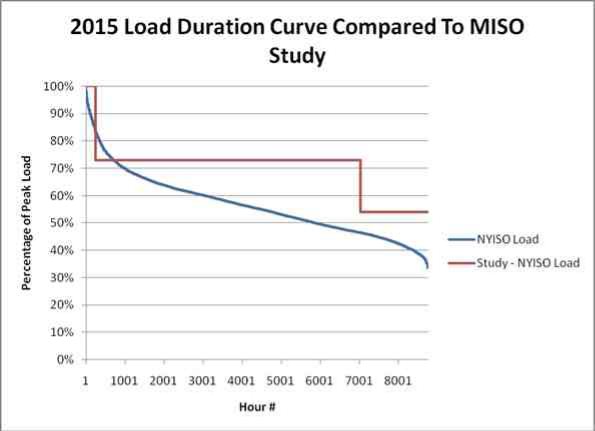
Docket No. ER11-1844
Exhibit No. NYI-42
Page 1 of 1
DOCKET NO. ER11-1844
EXHIBIT NO. NYI-43
Docket No. ER11-1844
Exhibit No. NYI-43
Page 1 of 2
NYISO/MISO 2-2. Is one-hundred percent (100%) of Lake Erie loop flow caused by NYISO, MISO, IESO, or PJM dispatch to meet their respective loads?
a. If not, what portion of Lake Erie loop flow, on average, is caused by other (non
MISO, IESO, NYISO or PJM) balancing authority area’s dispatch and/or sources of Lake Erie loop flow?
i. Please provide any studies, analysis or other Documents that support MISO’s response to NYISO/MISO 2-2, sub part a.
b.Which other (non MISO, IESO, NYISO or PJM) balancing authority areas’
dispatch cause Lake Erie loop flow?
i.For each balancing authority are identified, please provide its approximate
Lake Erie loop flow impact.
ii.Provide any studies, analysis or other Documents that support MISO’s
response to NYISO/MISO 2-2 sub part b
c.Identify all other sources/causes of Lake Erie loop flow MISO is aware of.
i.For each source/cause of Lake Erie loop flow identified, please provide its
approximate Lake Erie loop flow impact.
ii.Provide any studies, analysis or other Documents that support MISO’s
response to NYISO/ITC 2-2, sub part c.
d. Will the operation of the PARs at the interface between Michigan and Ontario (MISO and IESO), including both the Replacement PARs and the Hydro One PARs affect the Lake Erie loop flow impacts of other (non MISO, IESO, NYISO or PJM) balancing authority area’s dispatch?
e. If the answer to NYISO/MISO 2-2, sub-part d is “yes” how will the operation of
the PARs at the interface between Michigan and Ontario (MISO and IESO), including
both the Replacement PARs and the Hydro One PARs, affect the Lake Erie loop flow
impacts of other (non MISO, IESO, NYISO or PJM) balancing authority areas’ dispatch?
Response: MISO objects to this request to the extent it is overly broad and unduly
burdensome, presumes certain facts that do not exist or which have not been proven, and to the extent that it requires MISO to speculate or perform additional studies. Notwithstanding these objections, MISO states that it has not performed any studies regarding the contributions of other balancing authority area’s dispatch causing loop flow or operation of the Michigan/Ontario
PARs on Lake Erie loop flow impacts of other balancing authority area’s dispatch.
Sponsored by:Counsel
Supplemental Response: (3/9/12) No, one hundred percent of Lake Erie loop flow is not caused
by NYISO, MISO, IESO and PJM. However, professional judgment indicates that distribution
Docket No. ER11-1844
Exhibit No. NYI-43
Page 2 of 2
factors of other Balancing Authorities outside of these would fall below modeling thresholds and
have de minimis aggregate impacts therefore MISO did not include any in the DFAX study.
MISO did not study and will not speculate with regard to the remaining parts of this request.
Sponsored by:Digaunto Chatterjee
DOCKET NO. ER11-1844
EXHIBIT NO. NYI-44
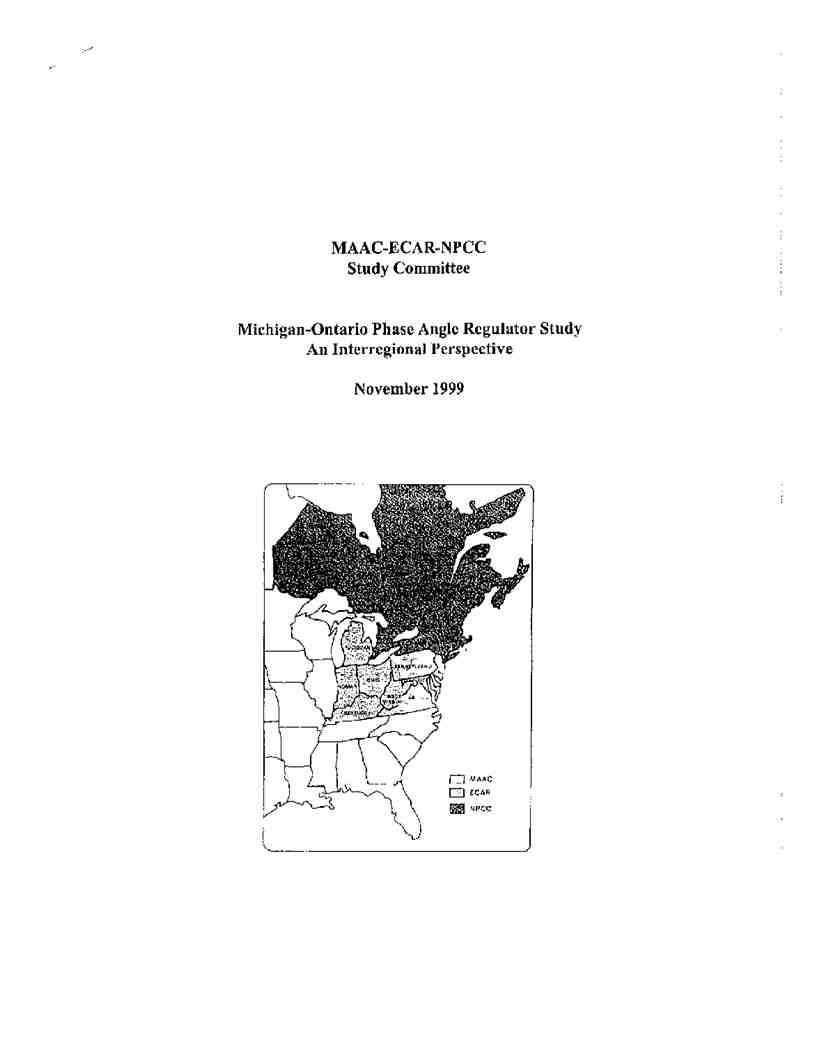
Docket No. ER11-1844
Exhibit No. NYI-44
Page 1 of 53
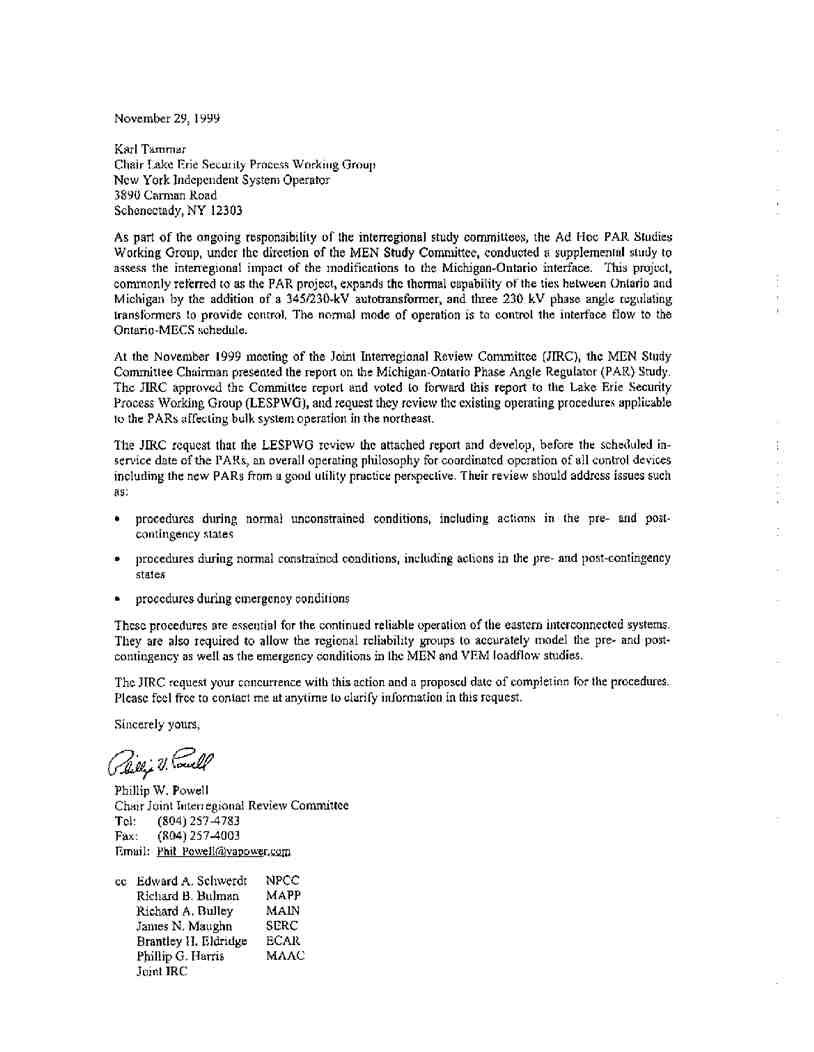
Docket No. ER11-1844
Exhibit No. NYI-44
Page 2 of 53

Docket No. ER11-1844
Exhibit No. NYI-44
Page 3 of 53
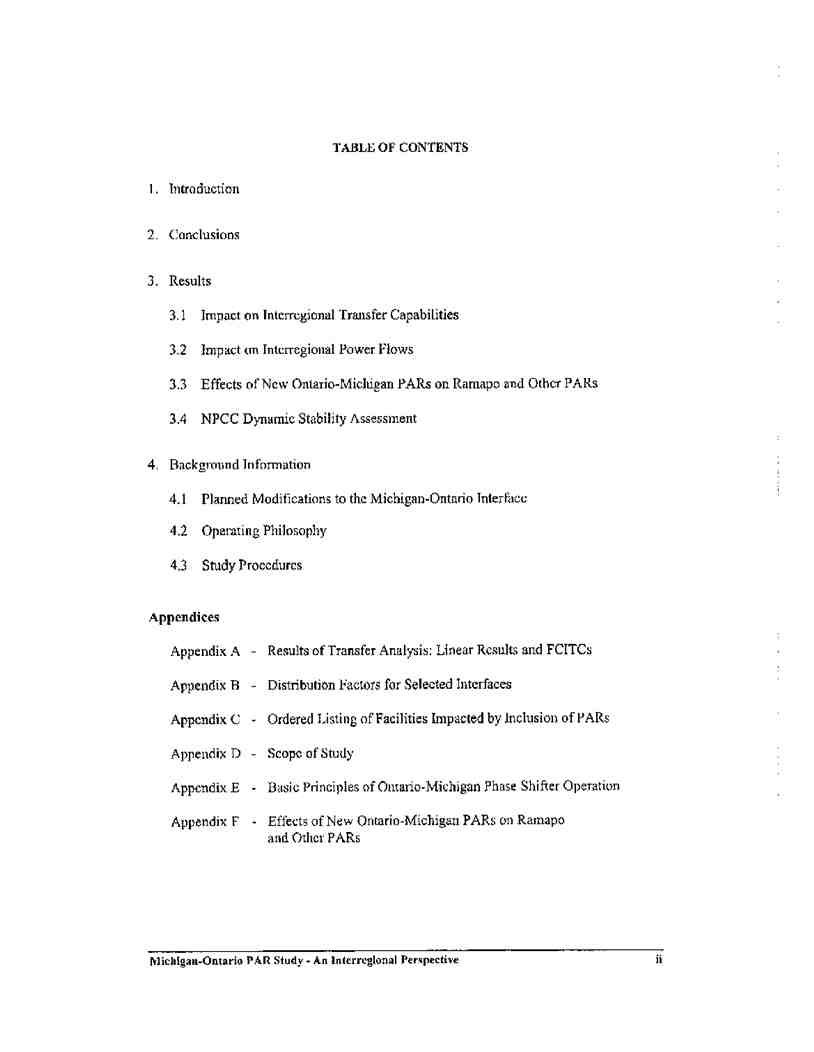
Docket No. ER11-1844
Exhibit No. NYI-44
Page 4 of 53
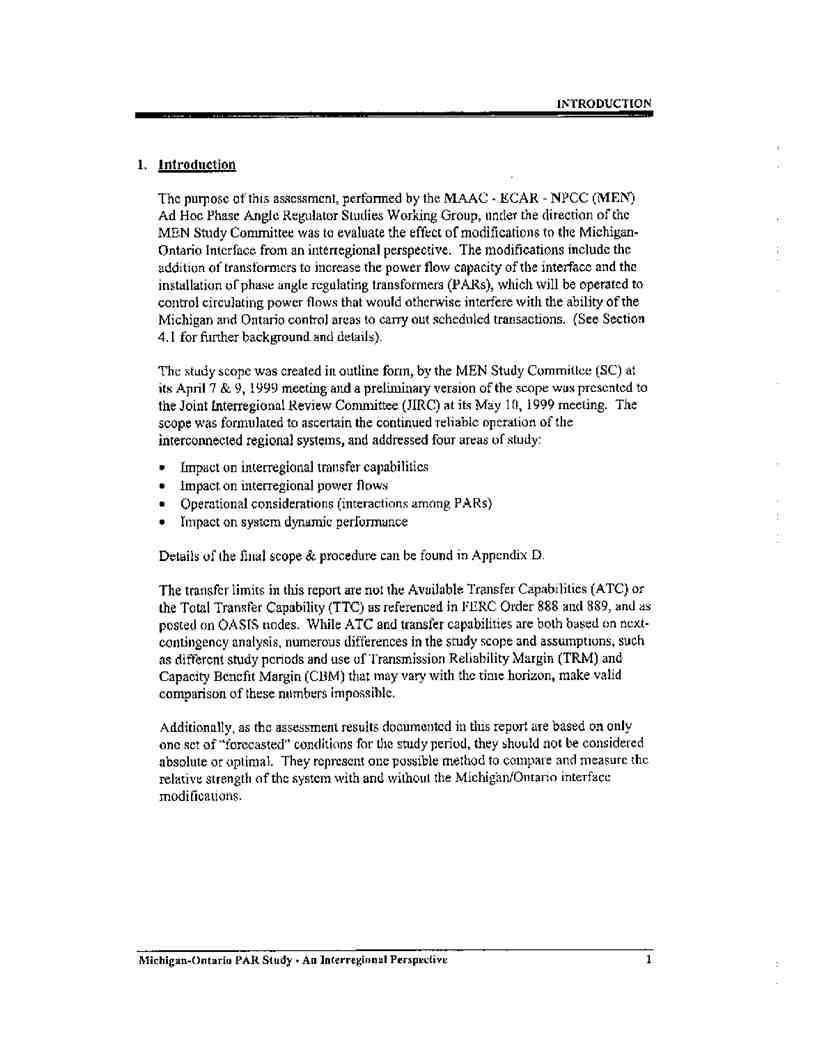
Docket No. ER11-1844
Exhibit No. NYI-44
Page 5 of 53
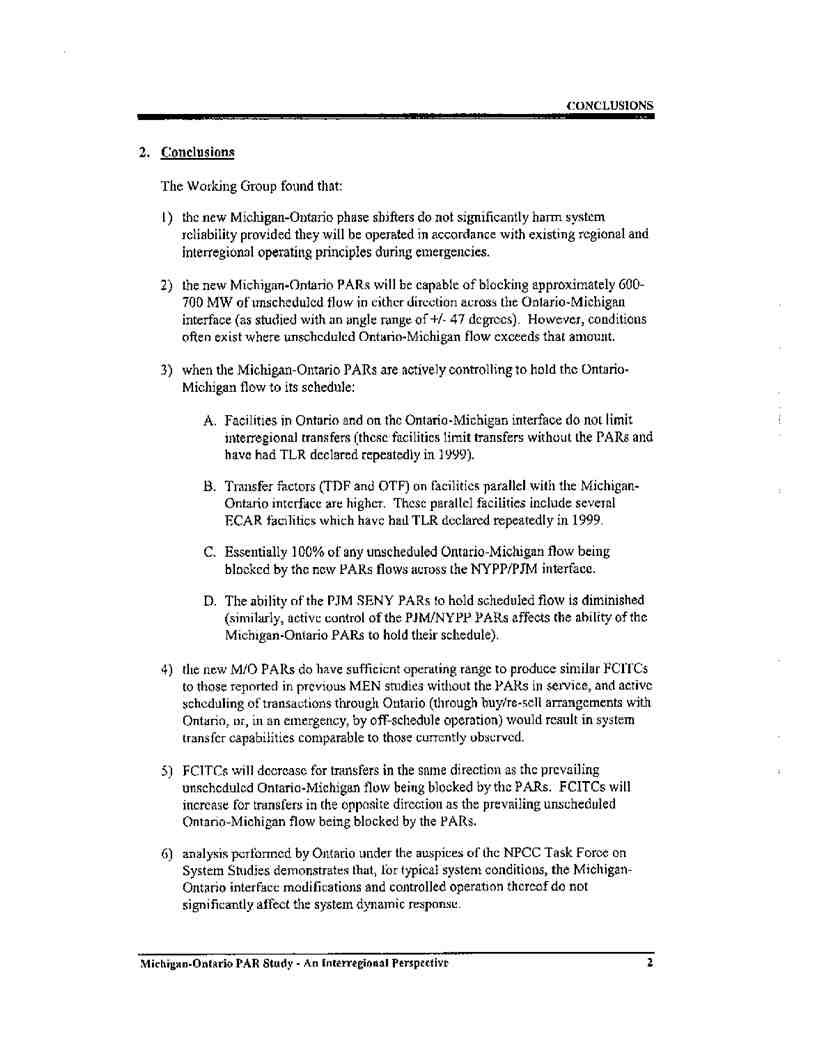
Docket No. ER11-1844
Exhibit No. NYI-44
Page 6 of 53

Docket No. ER11-1844
Exhibit No. NYI-44
Page 7 of 53

Docket No. ER11-1844
Exhibit No. NYI-44
Page 8 of 53
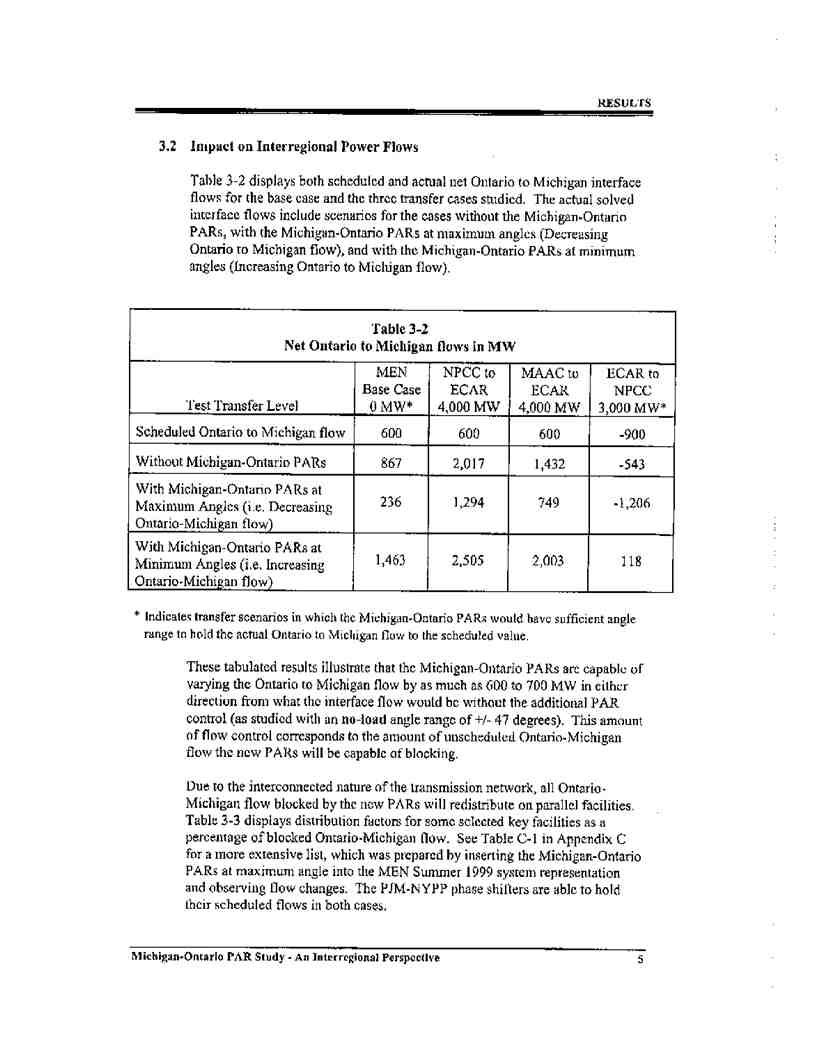
Docket No. ER11-1844
Exhibit No. NYI-44
Page 9 of 53
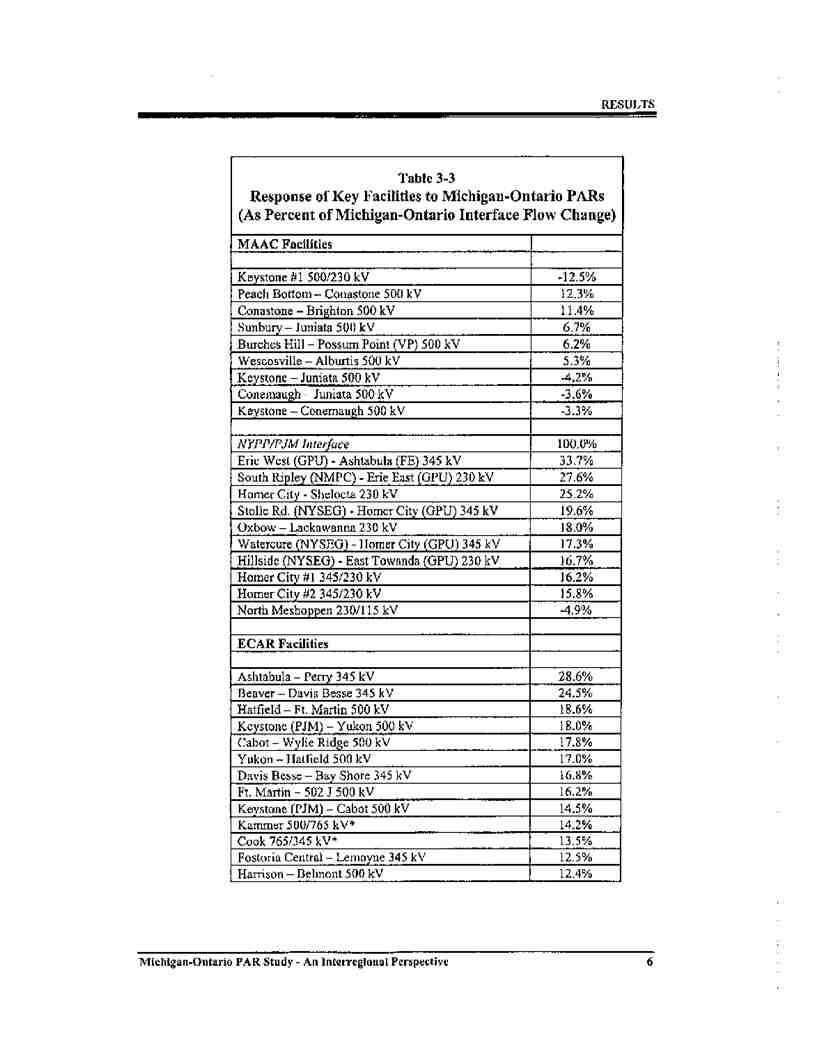
Docket No. ER11-1844
Exhibit No. NYI-44
Page 10 of 53
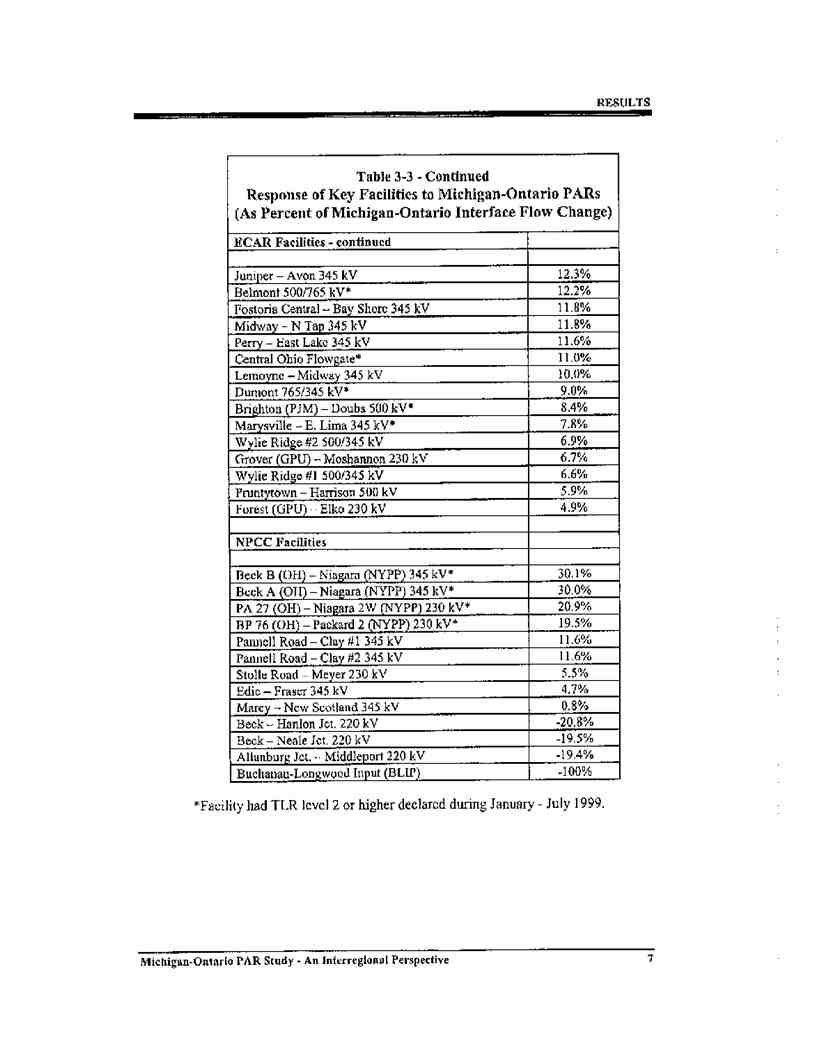
Docket No. ER11-1844
Exhibit No. NYI-44
Page 11 of 53
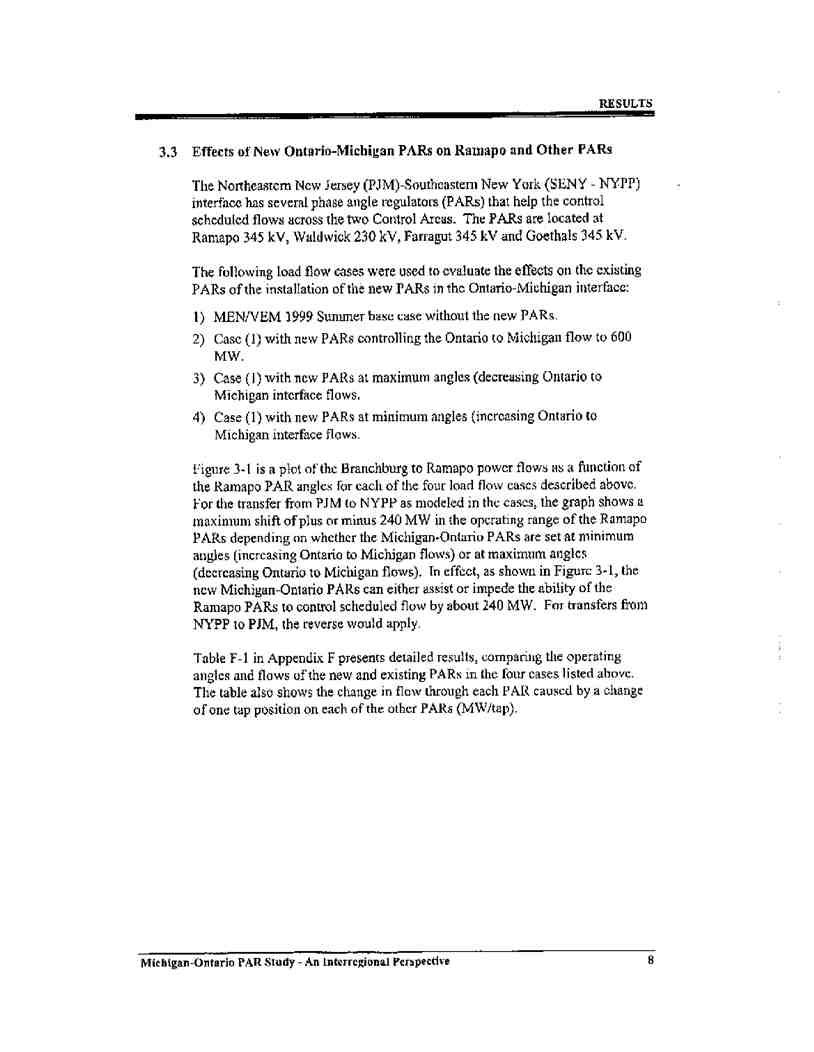
Docket No. ER11-1844
Exhibit No. NYI-44
Page 12 of 53
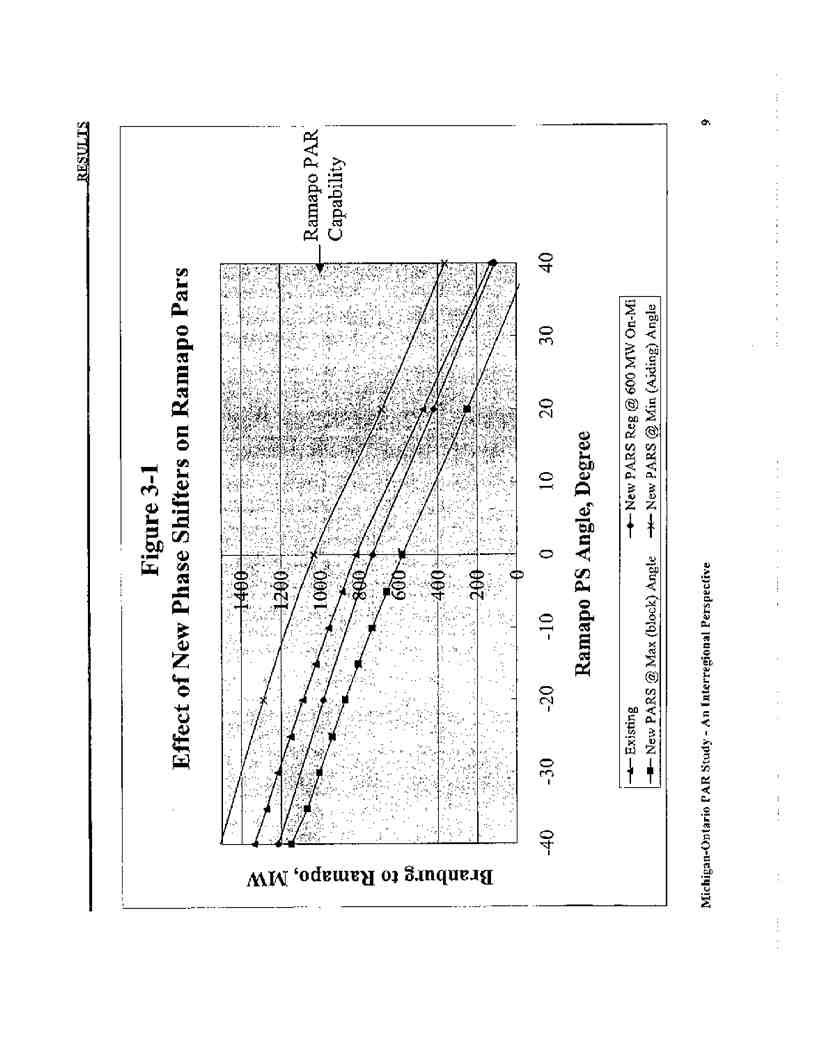
Docket No. ER11-1844
Exhibit No. NYI-44
Page 13 of 53

Docket No. ER11-1844
Exhibit No. NYI-44
Page 14 of 53
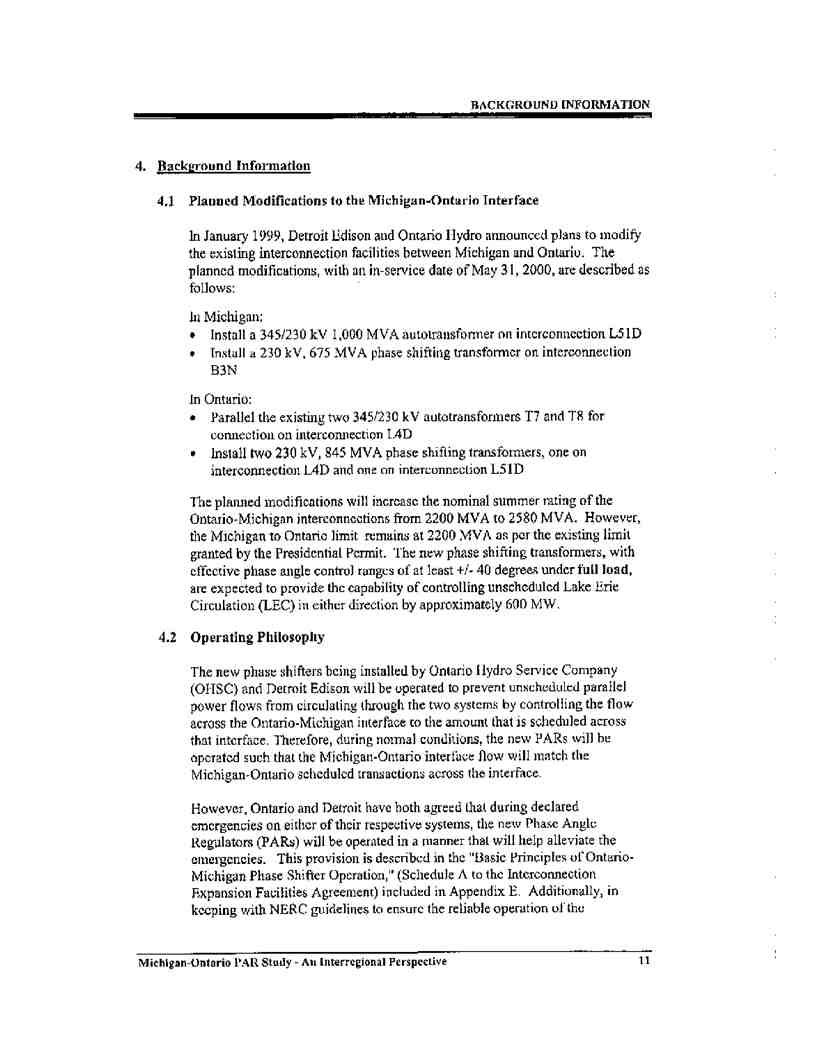
Docket No. ER11-1844
Exhibit No. NYI-44
Page 15 of 53
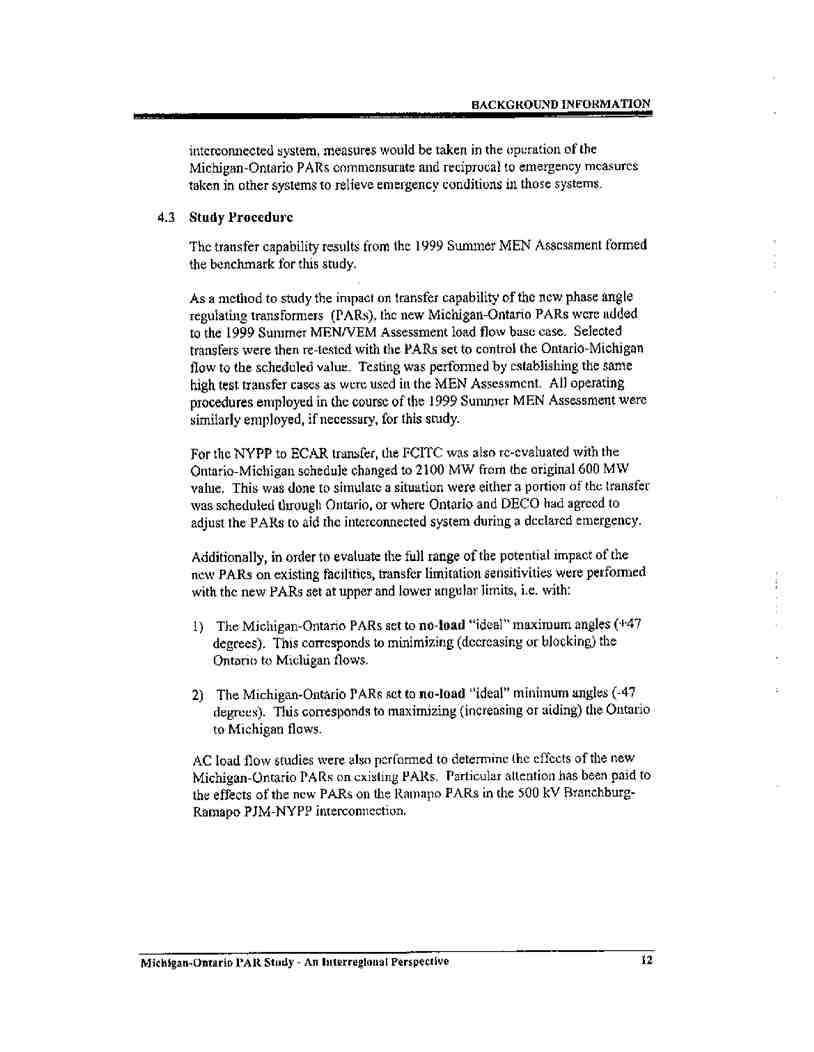
Docket No. ER11-1844
Exhibit No. NYI-44
Page 16 of 53
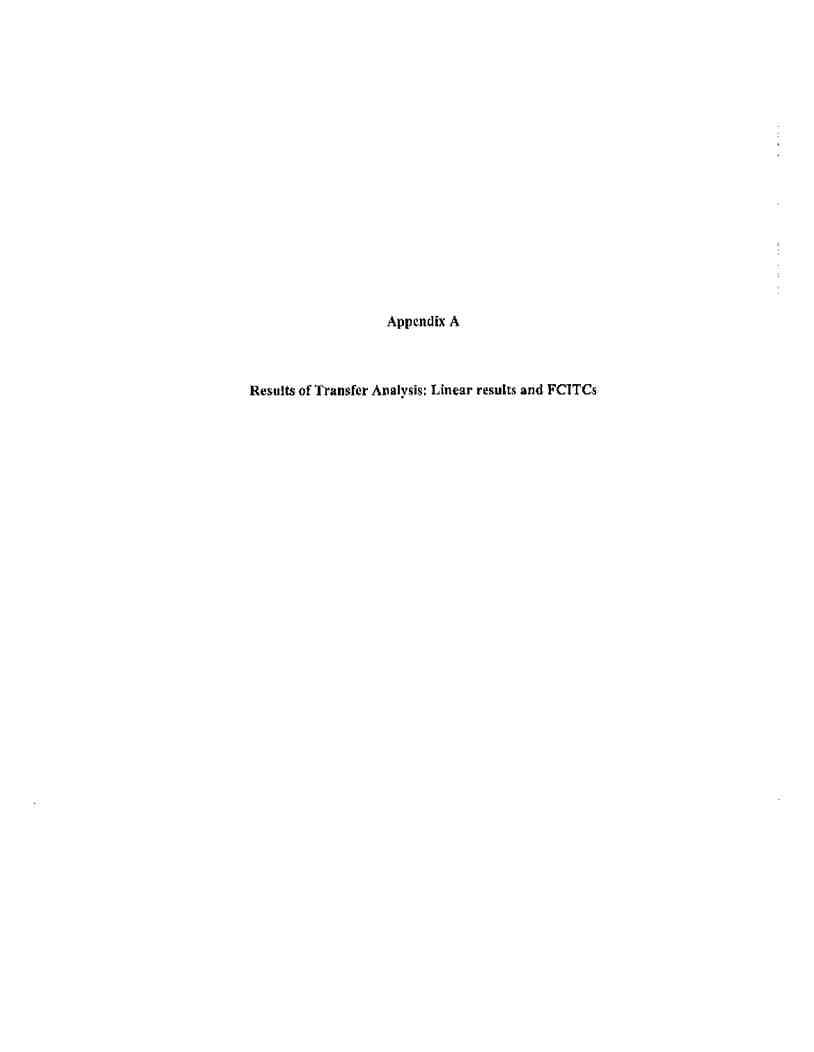
Docket No. ER11-1844
Exhibit No. NYI-44
Page 17 of 53

Docket No. ER11-1844
Exhibit No. NYI-44
Page 18 of 53
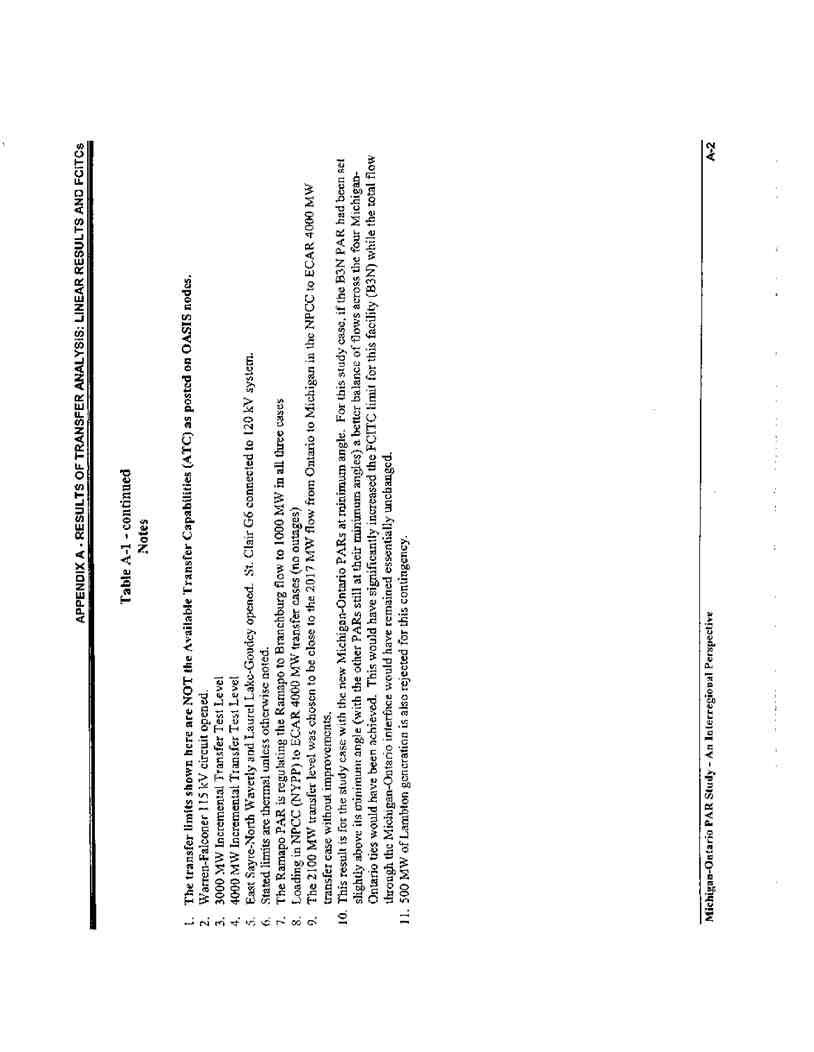
Docket No. ER11-1844
Exhibit No. NYI-44
Page 19 of 53
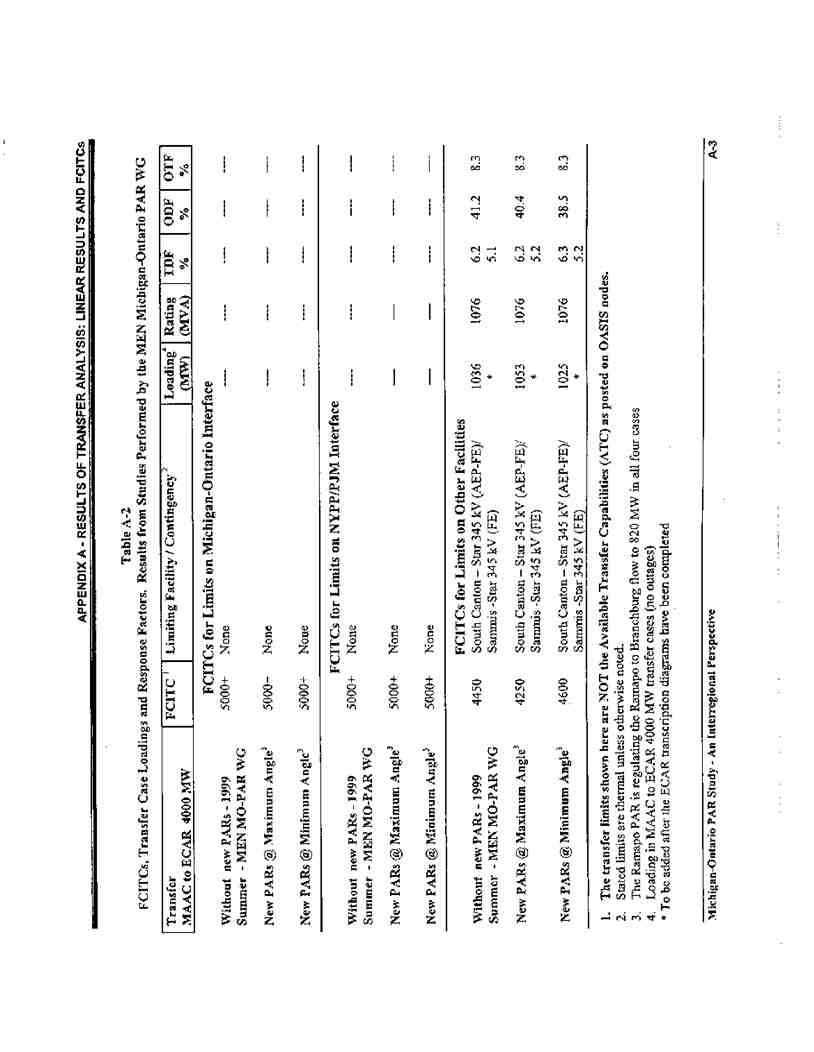
Docket No. ER11-1844
Exhibit No. NYI-44
Page 20 of 53
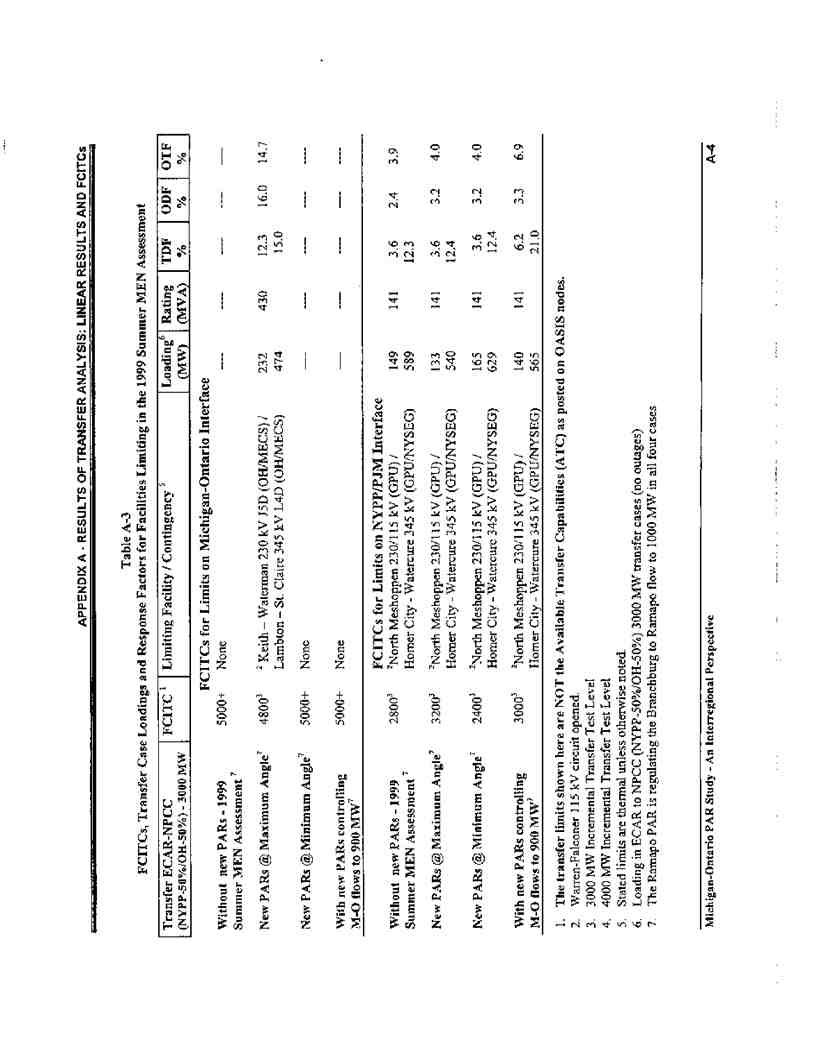
Docket No. ER11-1844
Exhibit No. NYI-44
Page 21 of 53
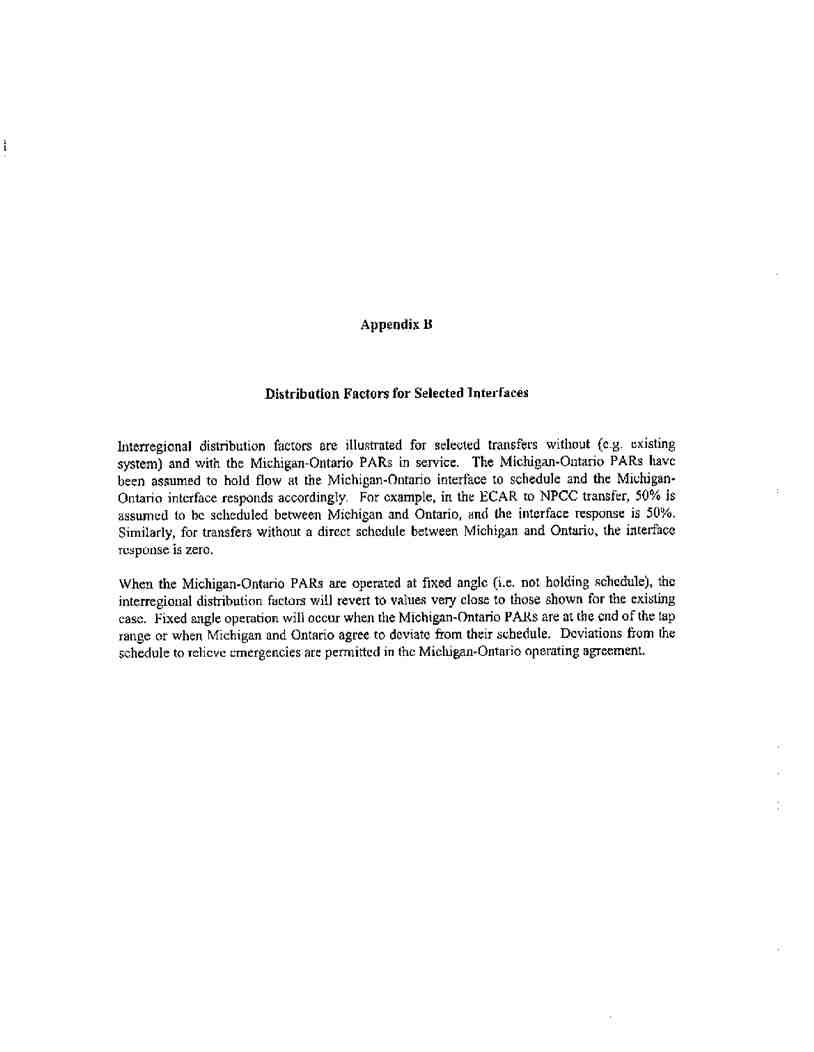
Docket No. ER11-1844
Exhibit No. NYI-44
Page 22 of 53
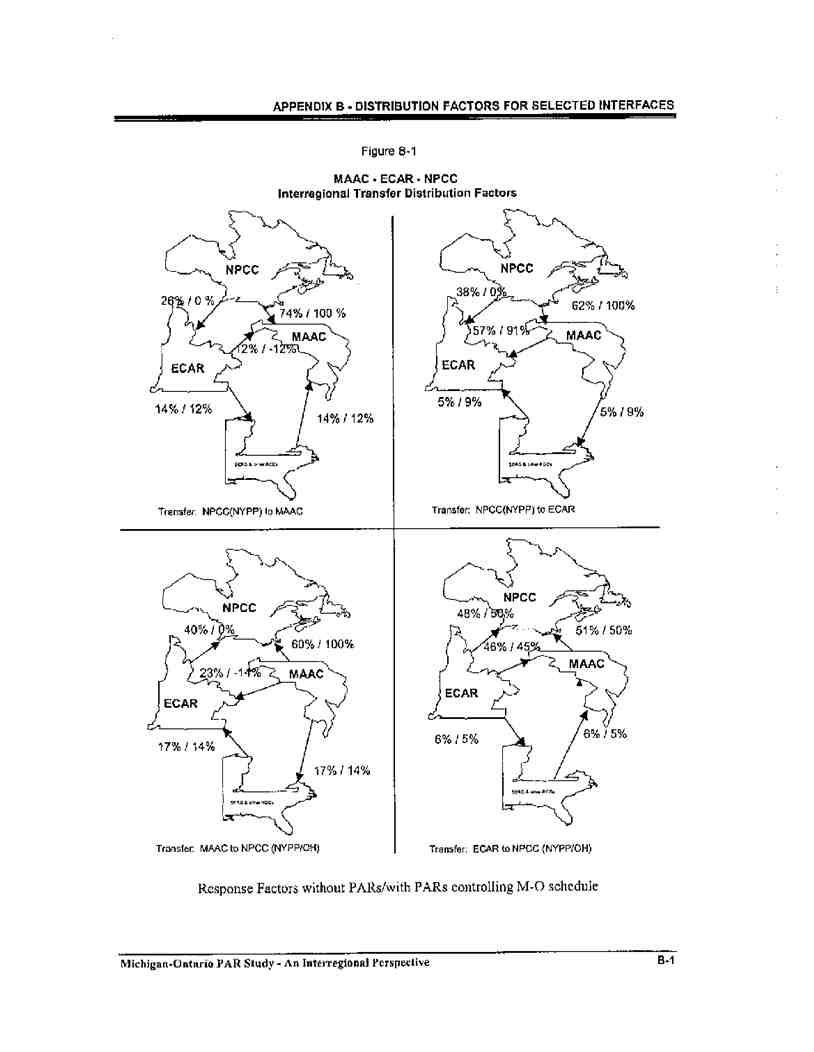
Docket No. ER11-1844
Exhibit No. NYI-44
Page 23 of 53
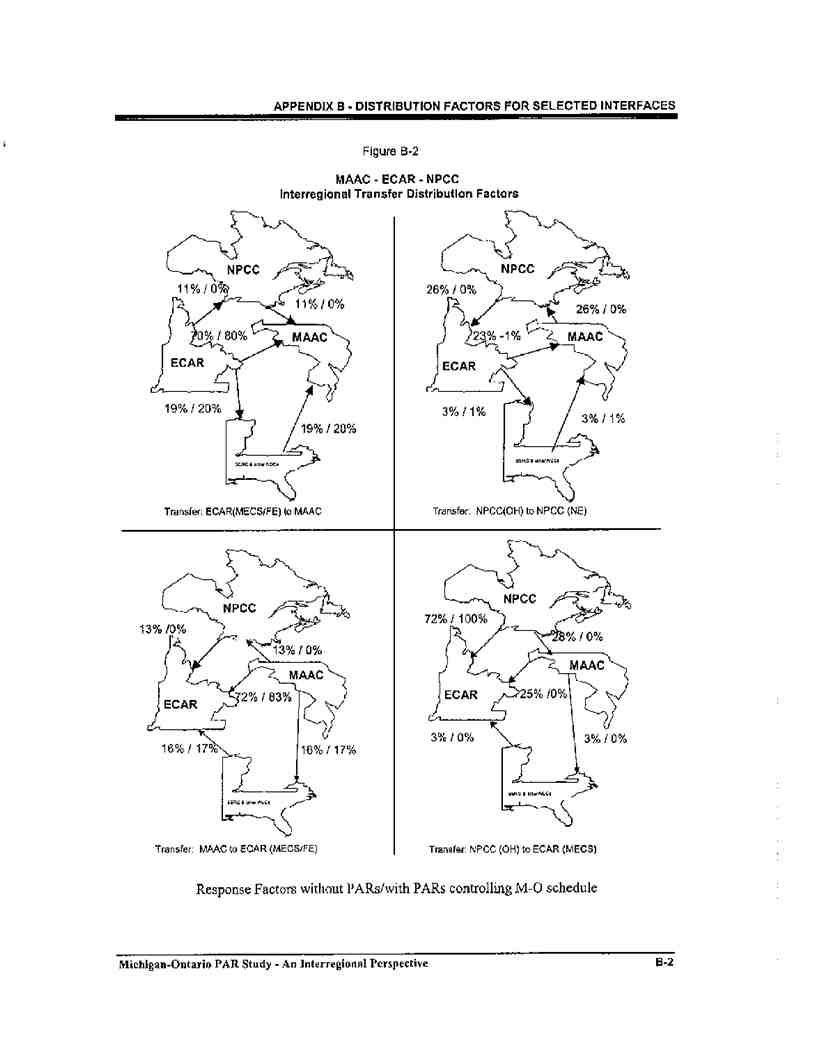
Docket No. ER11-1844
Exhibit No. NYI-44
Page 24 of 53
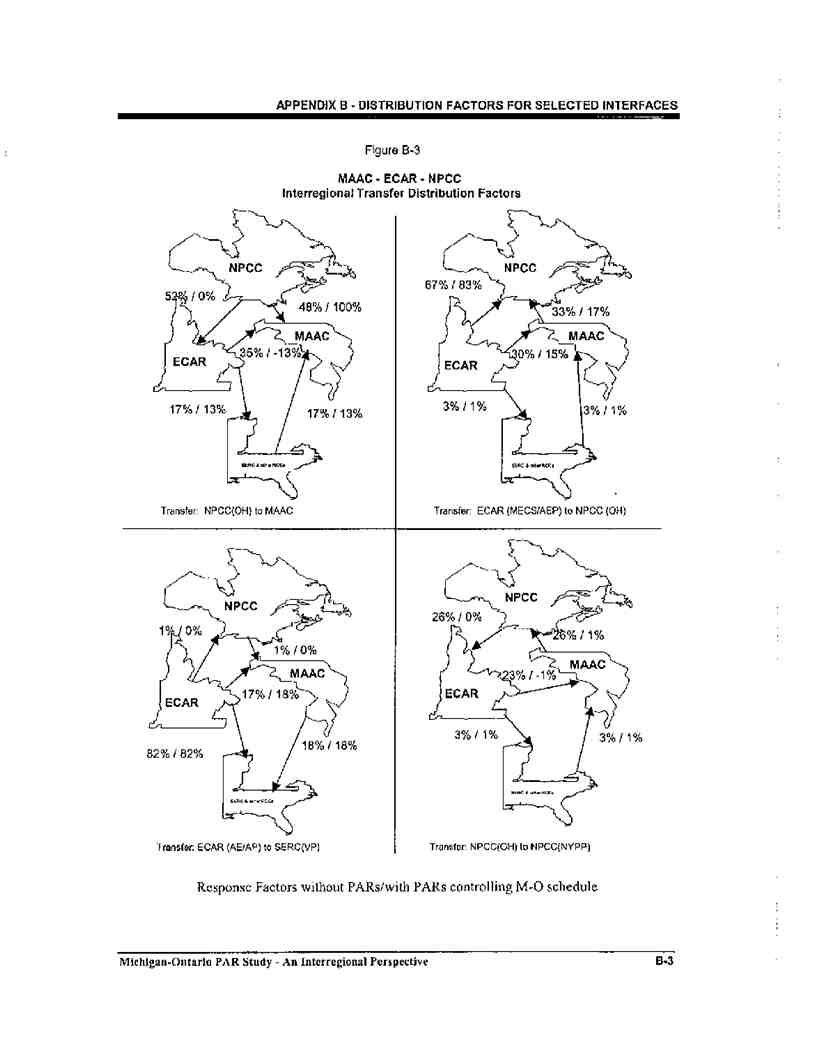
Docket No. ER11-1844
Exhibit No. NYI-44
Page 25 of 53
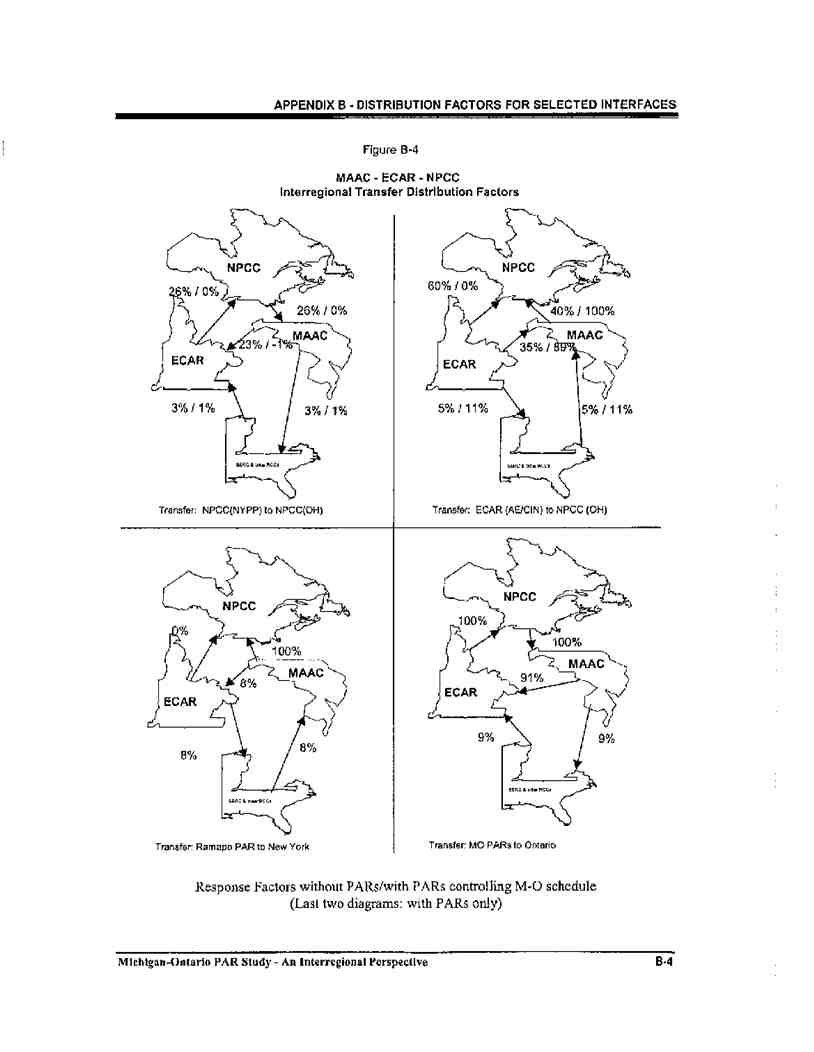
Docket No. ER11-1844
Exhibit No. NYI-44
Page 26 of 53
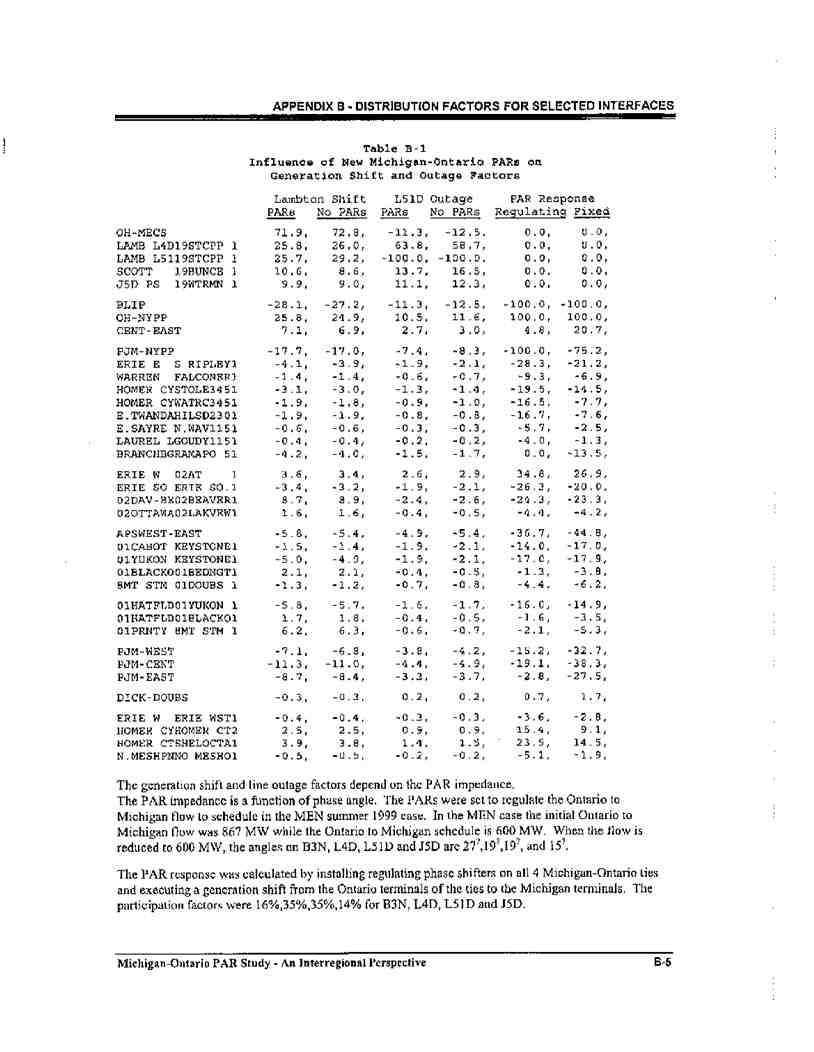
Docket No. ER11-1844
Exhibit No. NYI-44
Page 27 of 53
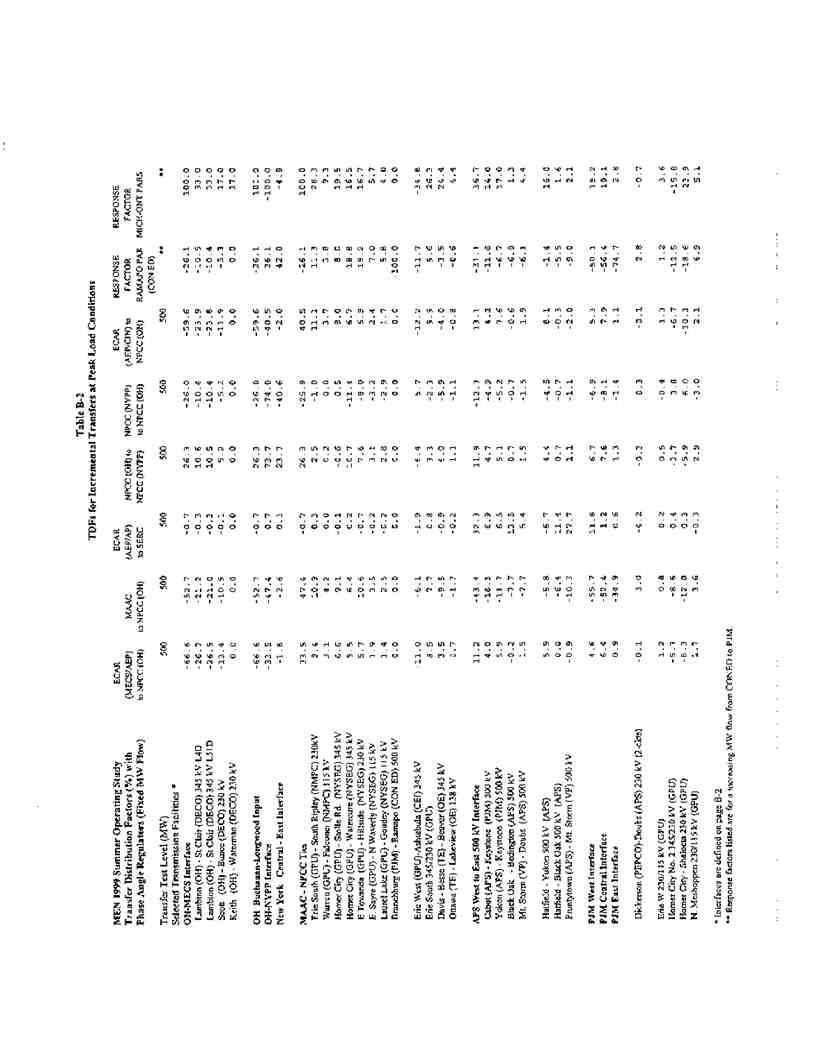
Docket No. ER11-1844
Exhibit No. NYI-44
Page 28 of 53

Docket No. ER11-1844
Exhibit No. NYI-44
Page 29 of 53
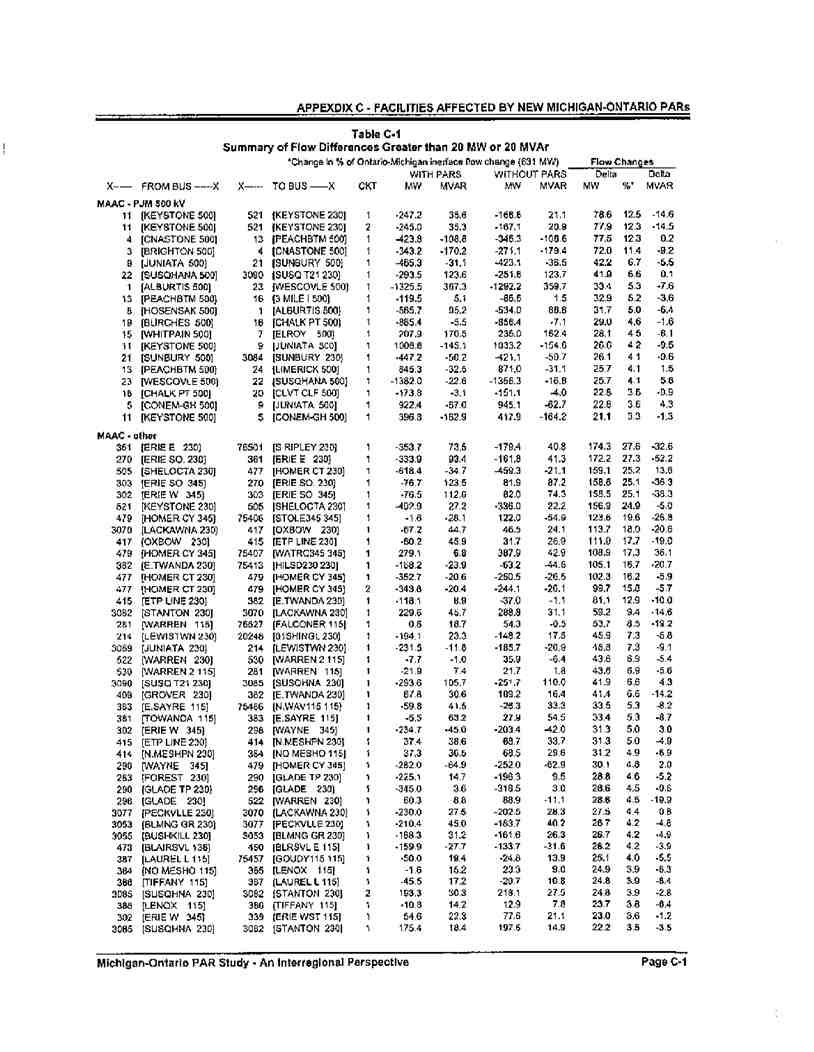
Docket No. ER11-1844
Exhibit No. NYI-44
Page 30 of 53
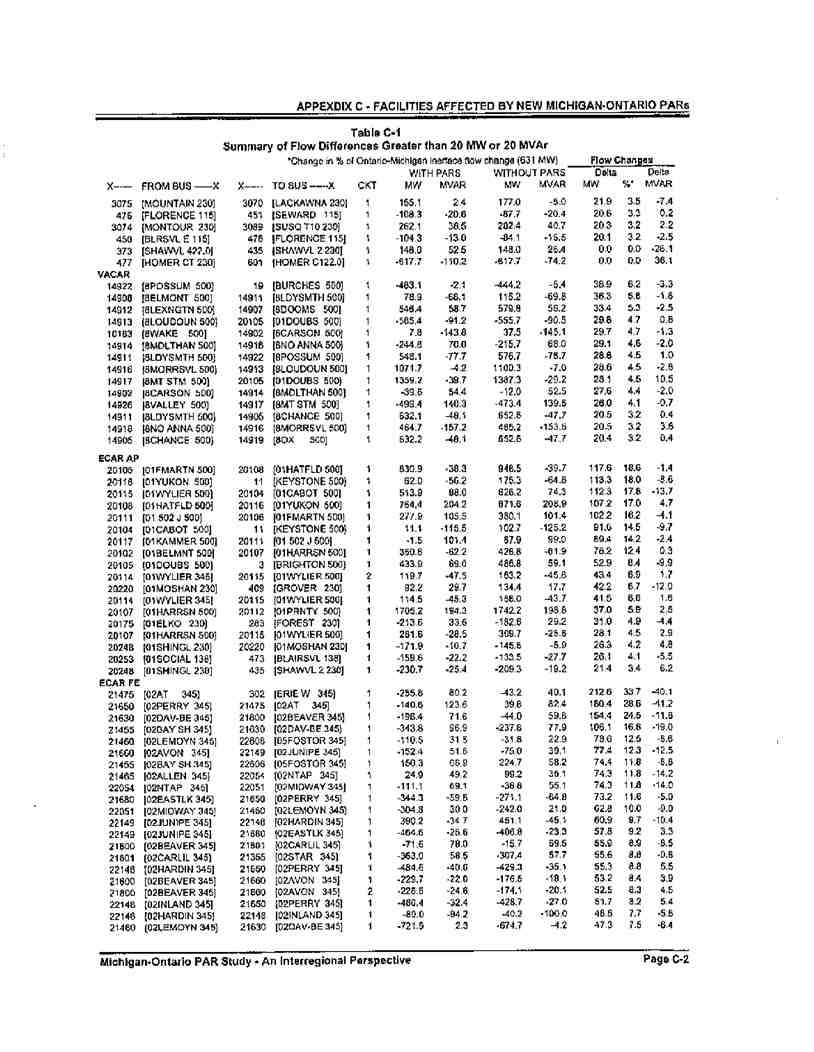
Docket No. ER11-1844
Exhibit No. NYI-44
Page 31 of 53
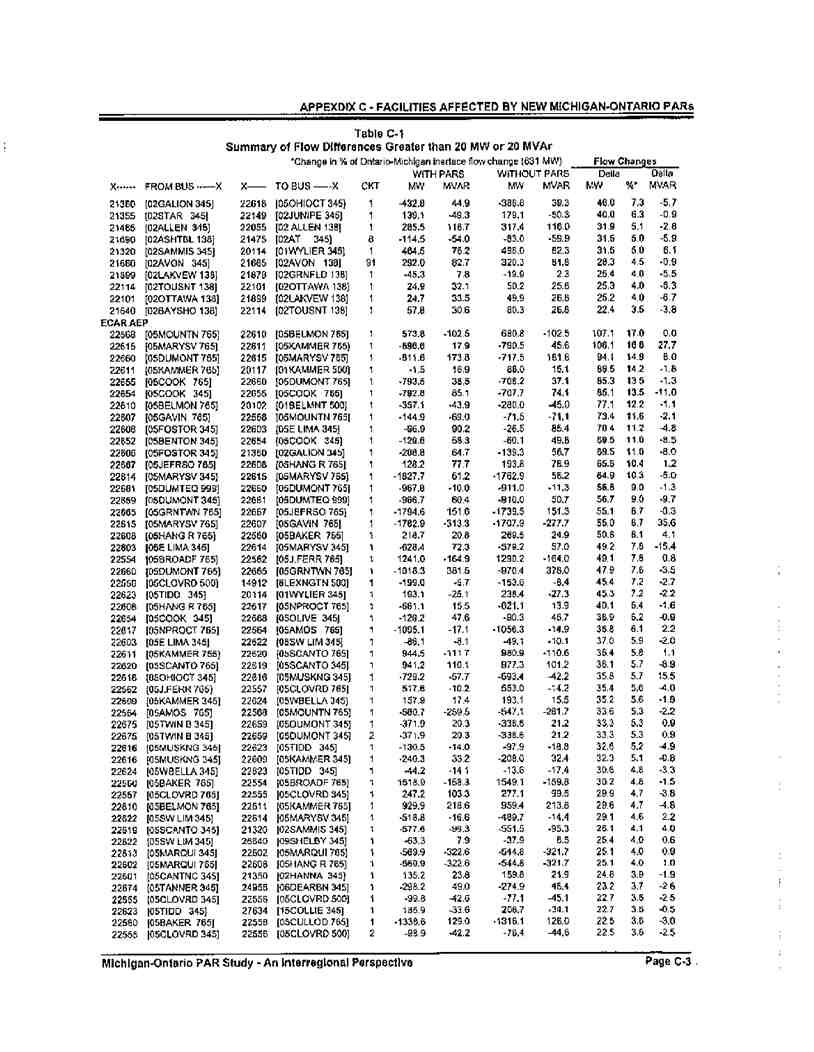
Docket No. ER11-1844
Exhibit No. NYI-44
Page 32 of 53

Docket No. ER11-1844
Exhibit No. NYI-44
Page 33 of 53
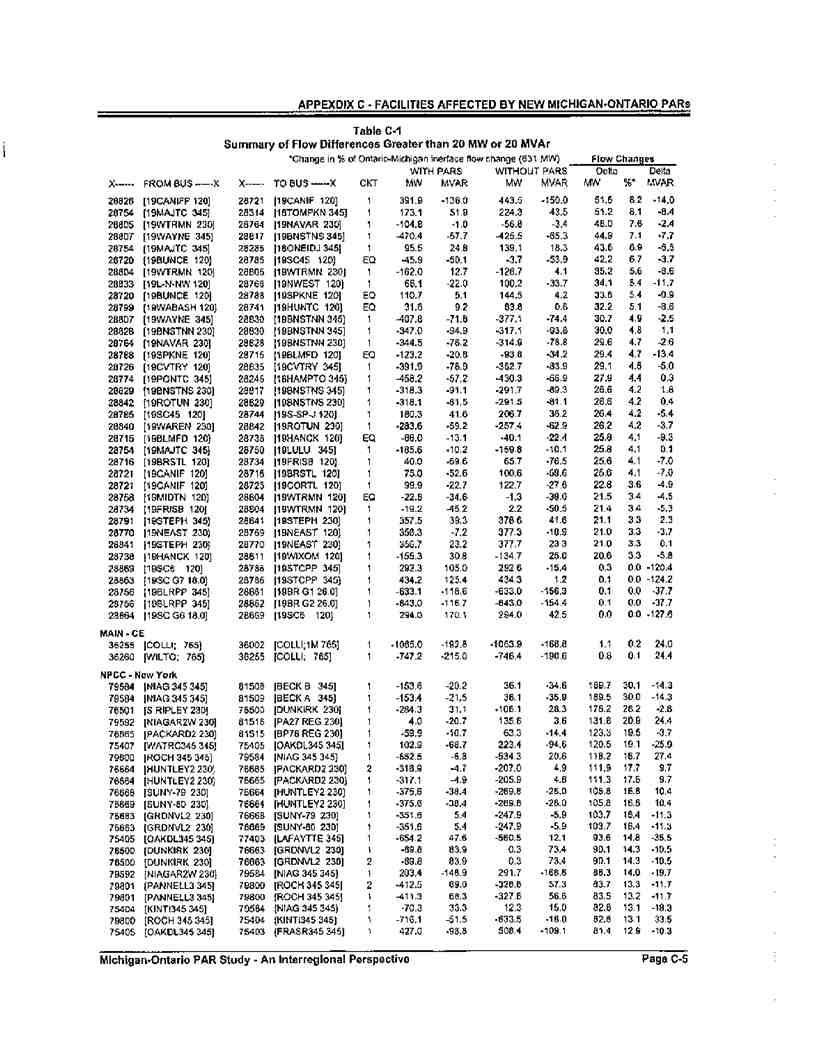
Docket No. ER11-1844
Exhibit No. NYI-44
Page 34 of 53
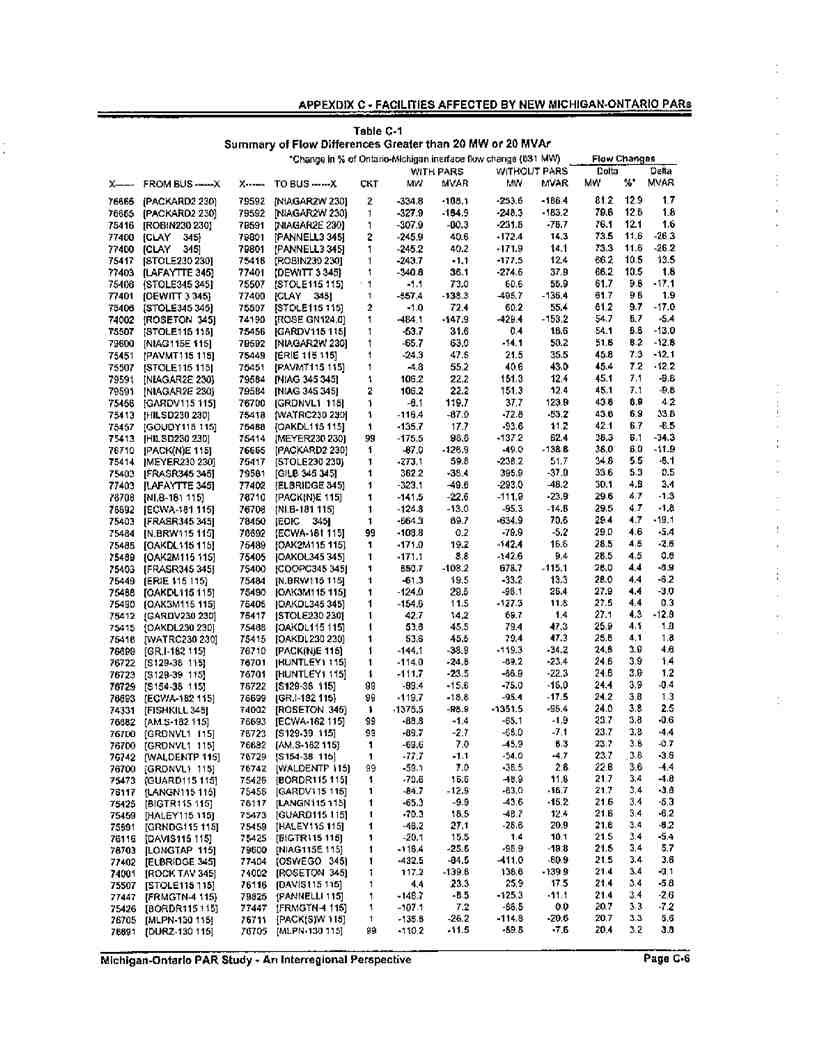
Docket No. ER11-1844
Exhibit No. NYI-44
Page 35 of 53

Docket No. ER11-1844
Exhibit No. NYI-44
Page 36 of 53
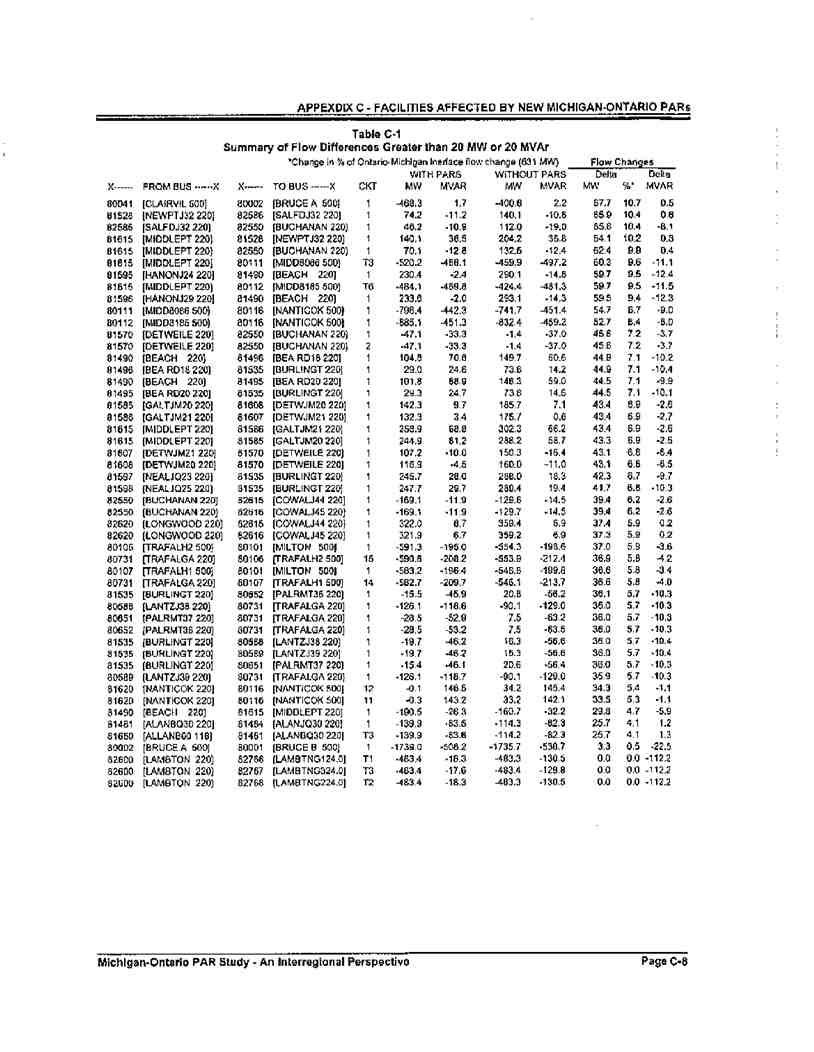
Docket No. ER11-1844
Exhibit No. NYI-44
Page 37 of 53

Docket No. ER11-1844
Exhibit No. NYI-44
Page 38 of 53
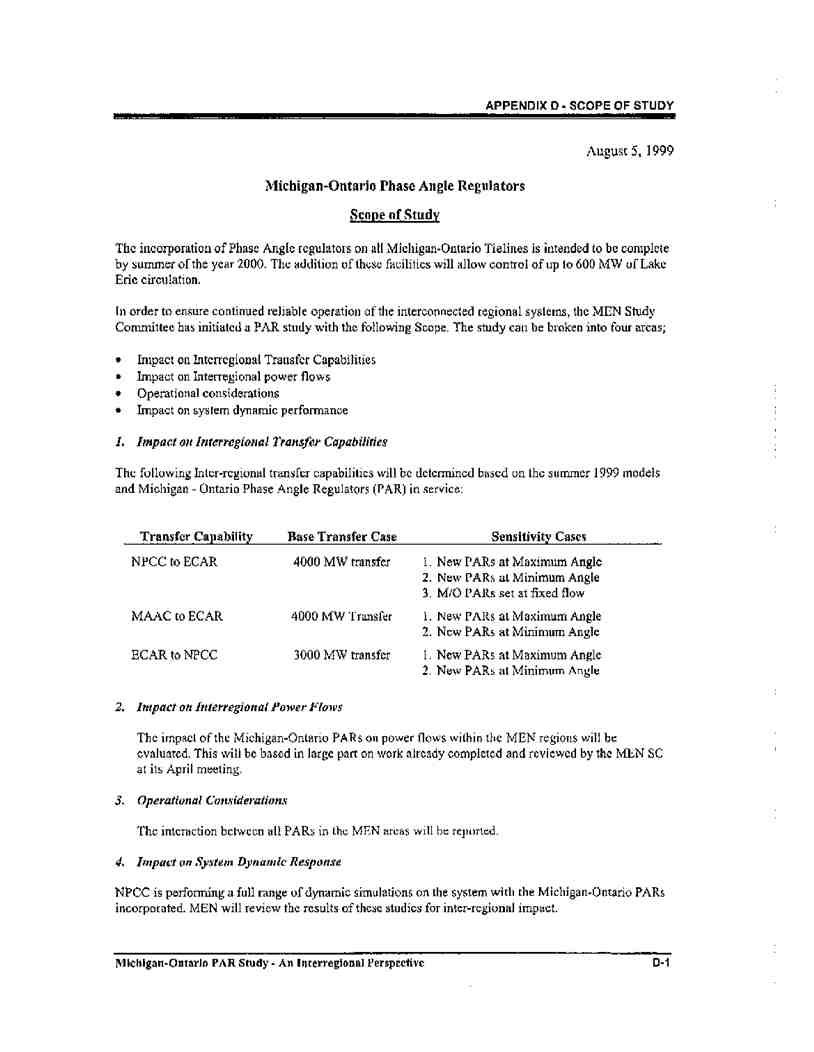
Docket No. ER11-1844
Exhibit No. NYI-44
Page 39 of 53
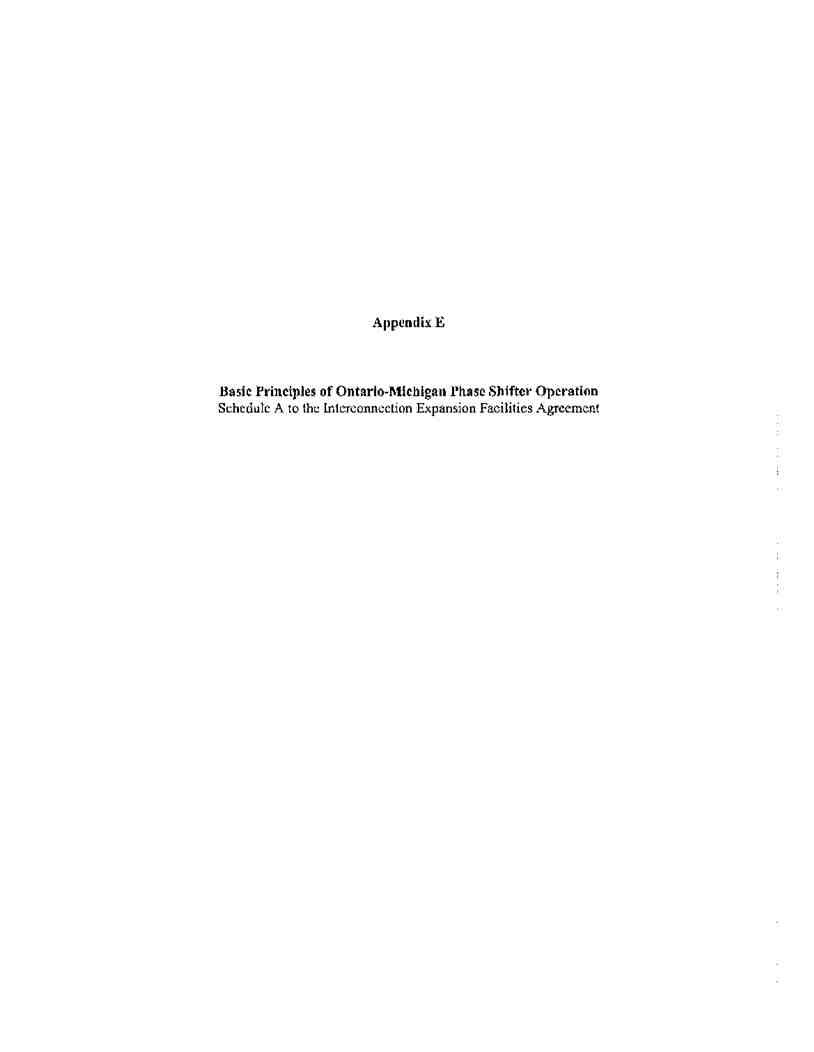
Docket No. ER11-1844
Exhibit No. NYI-44
Page 40 of 53
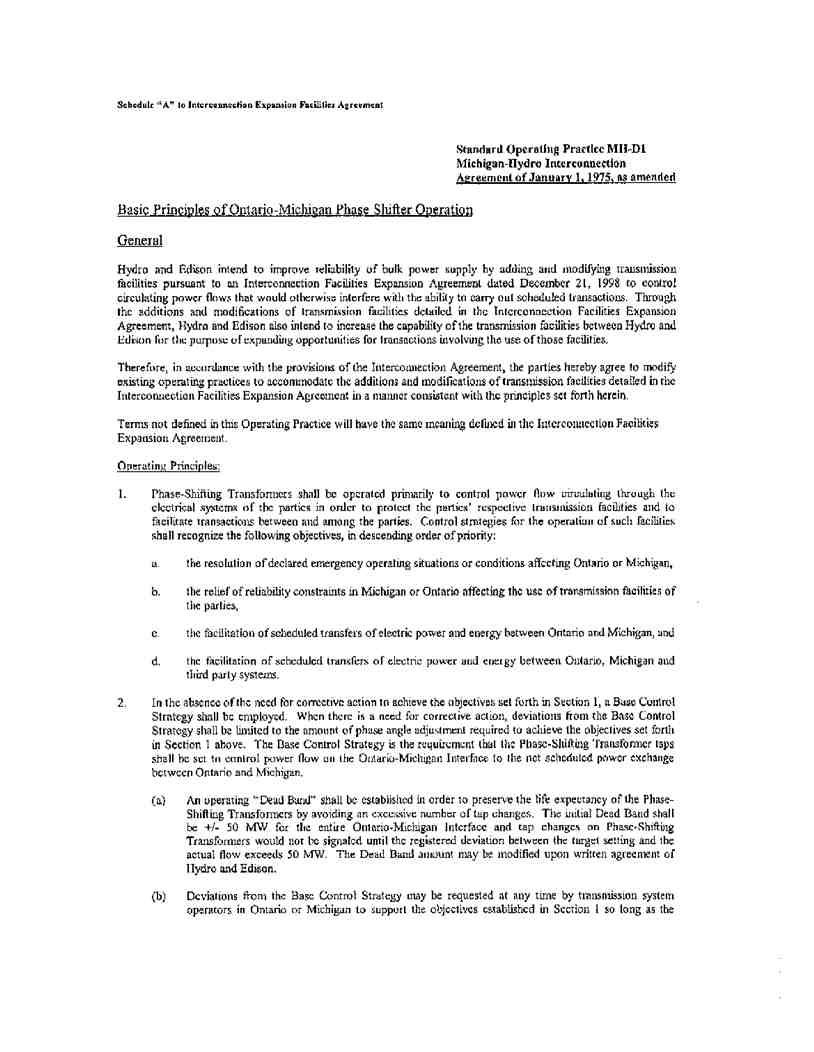
Docket No. ER11-1844
Exhibit No. NYI-44
Page 41 of 53
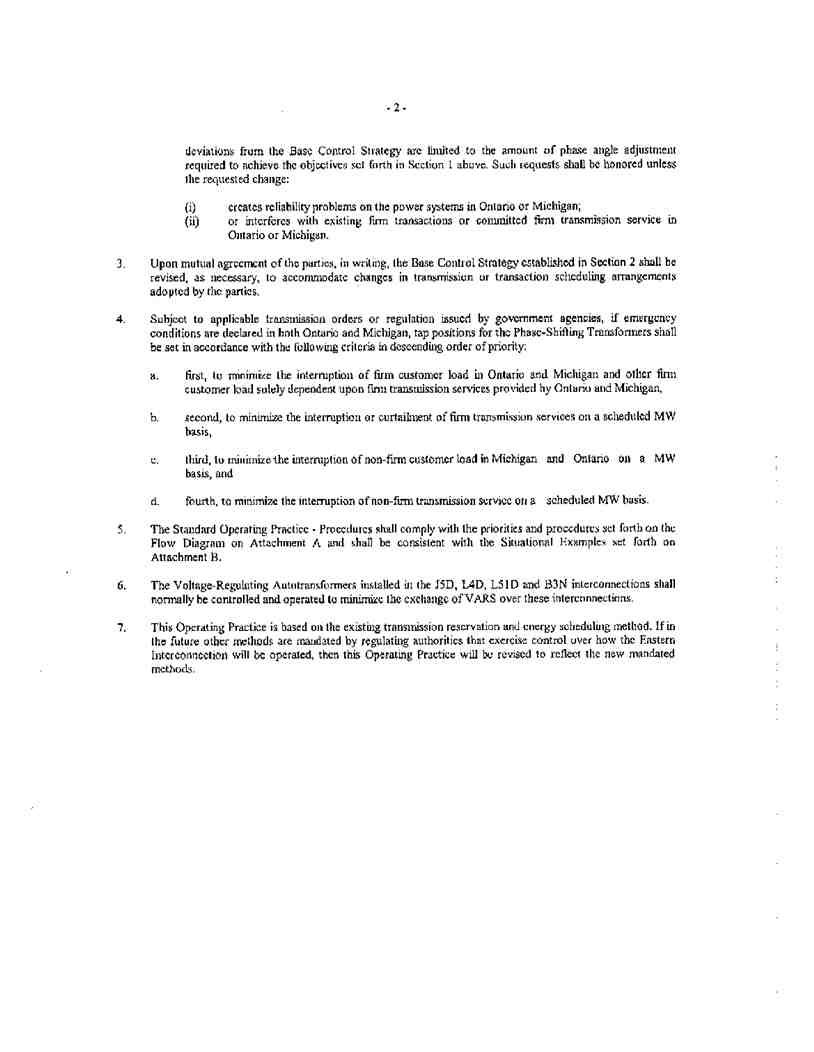
Docket No. ER11-1844
Exhibit No. NYI-44
Page 42 of 53
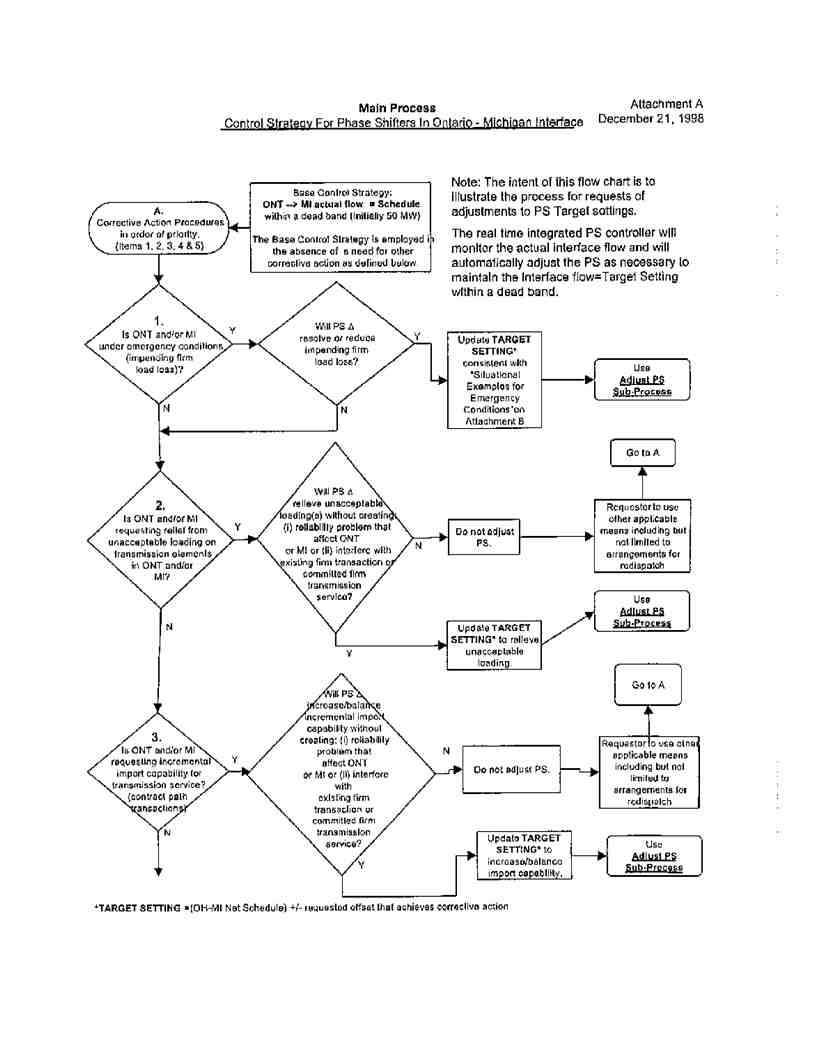
Docket No. ER11-1844
Exhibit No. NYI-44
Page 43 of 53
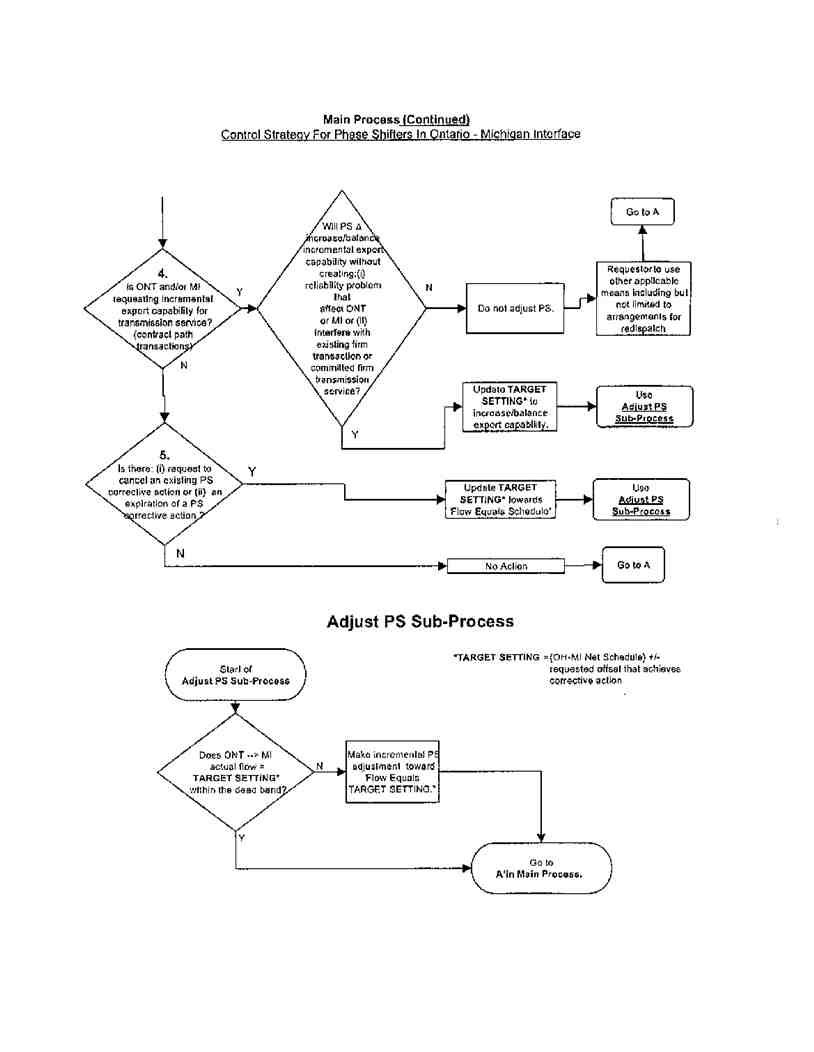
Docket No. ER11-1844
Exhibit No. NYI-44
Page 44 of 53

Docket No. ER11-1844
Exhibit No. NYI-44
Page 45 of 53
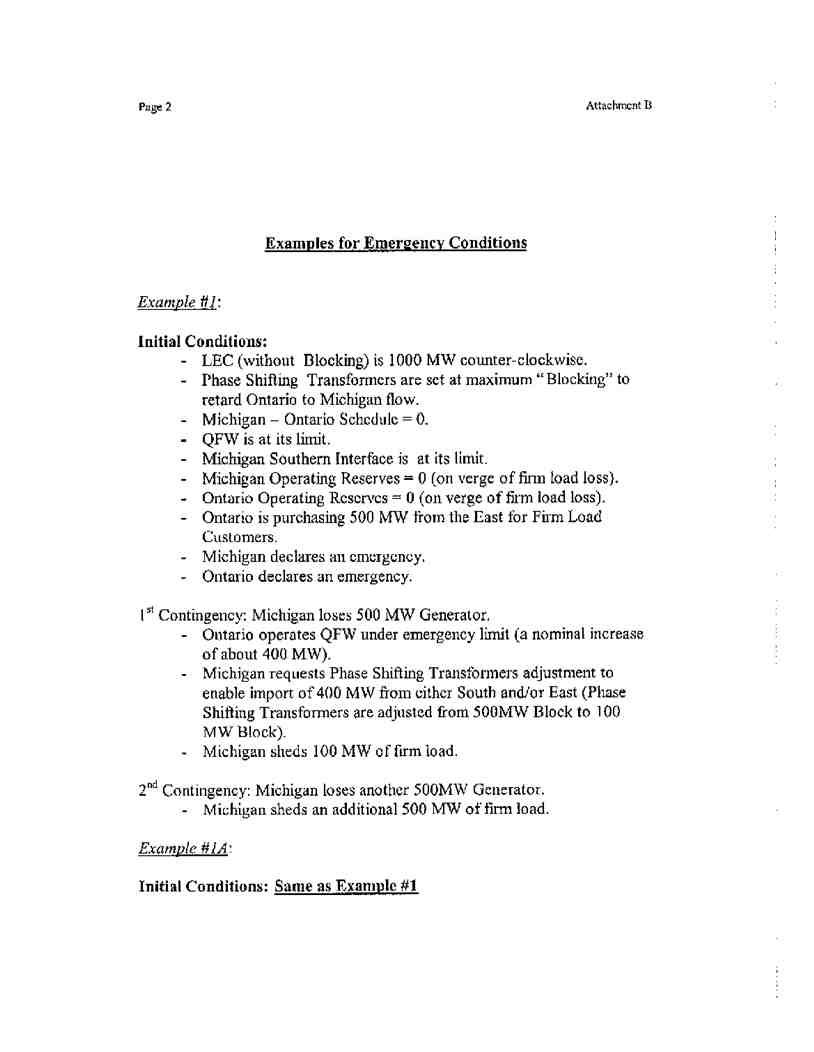
Docket No. ER11-1844
Exhibit No. NYI-44
Page 46 of 53
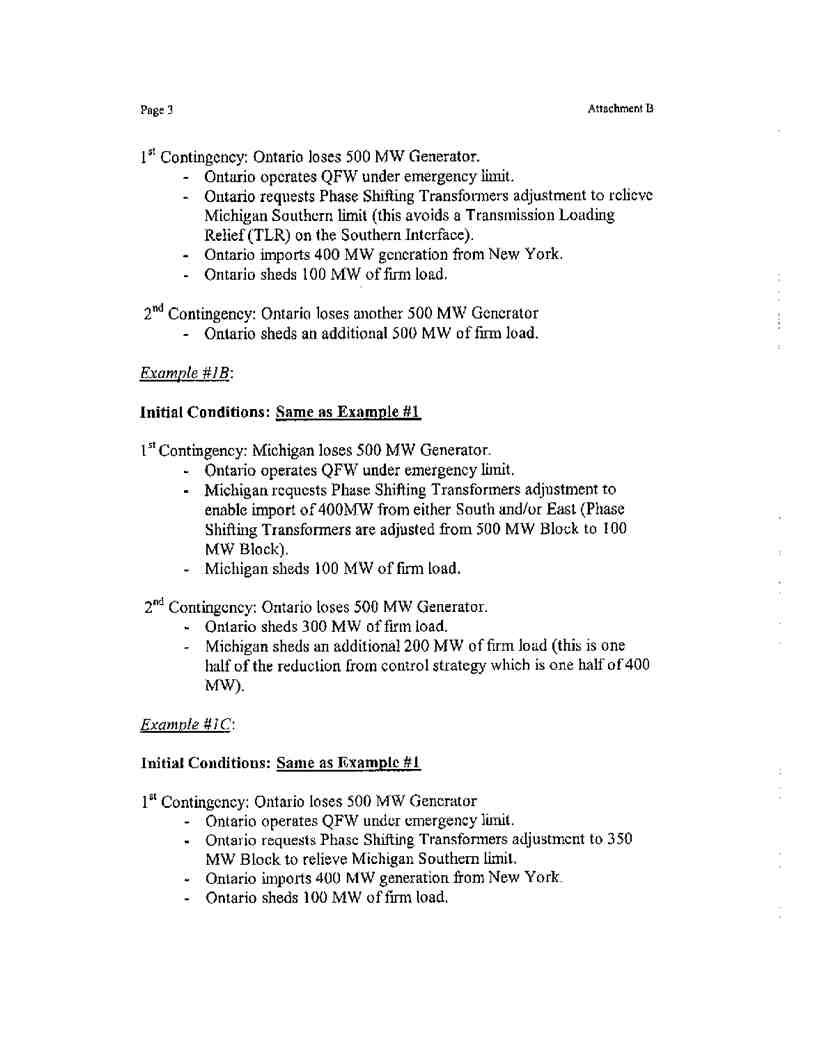
Docket No. ER11-1844
Exhibit No. NYI-44
Page 47 of 53
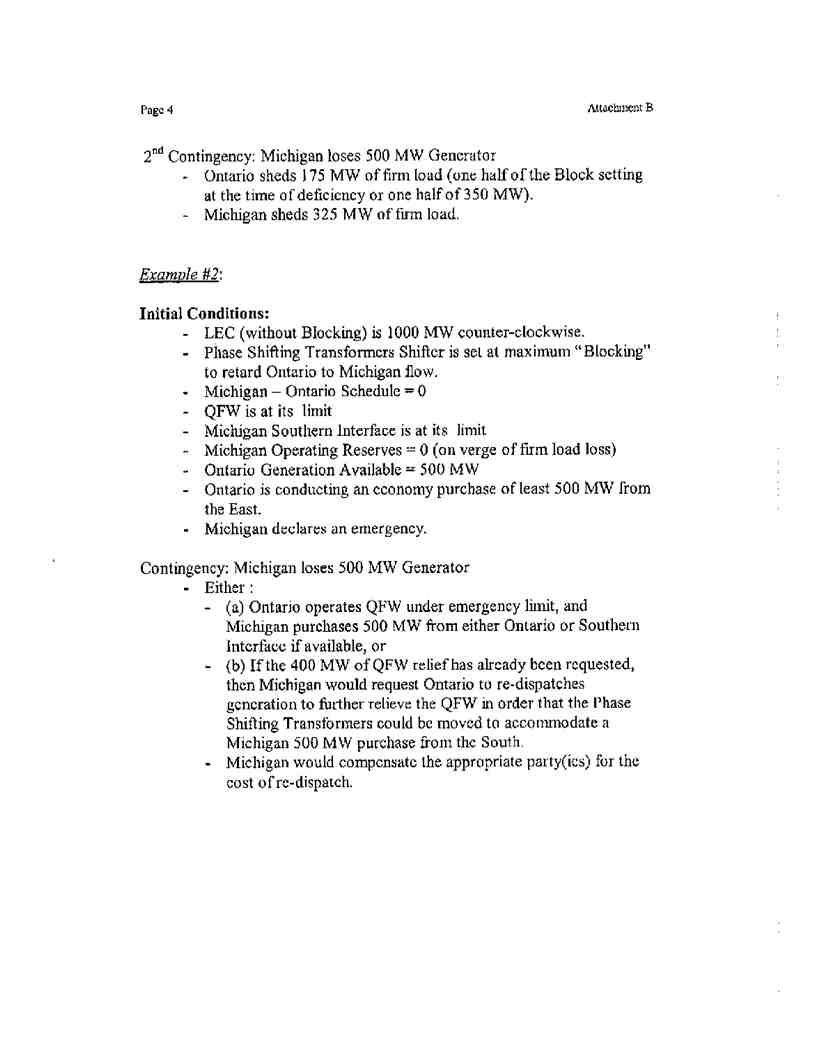
Docket No. ER11-1844
Exhibit No. NYI-44
Page 48 of 53
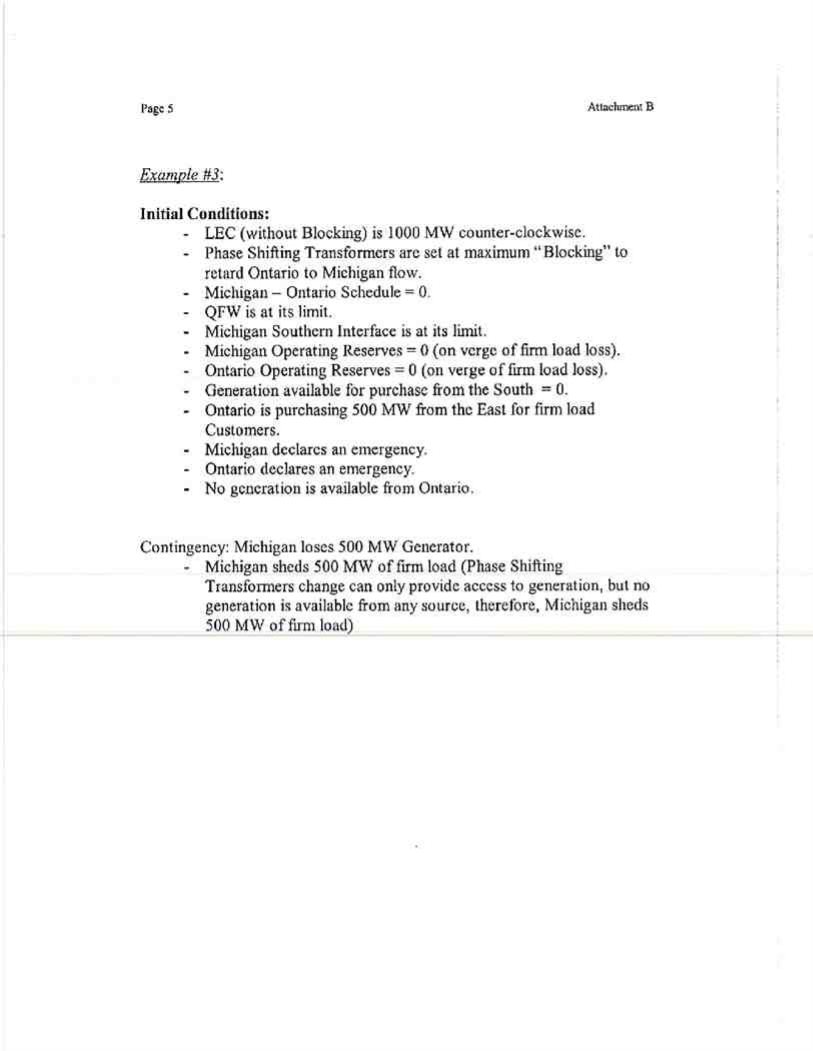
Docket No. ER11-1844
Exhibit No. NYI-44
Page 49 of 53

Docket No. ER11-1844
Exhibit No. NYI-44
Page 50 of 53
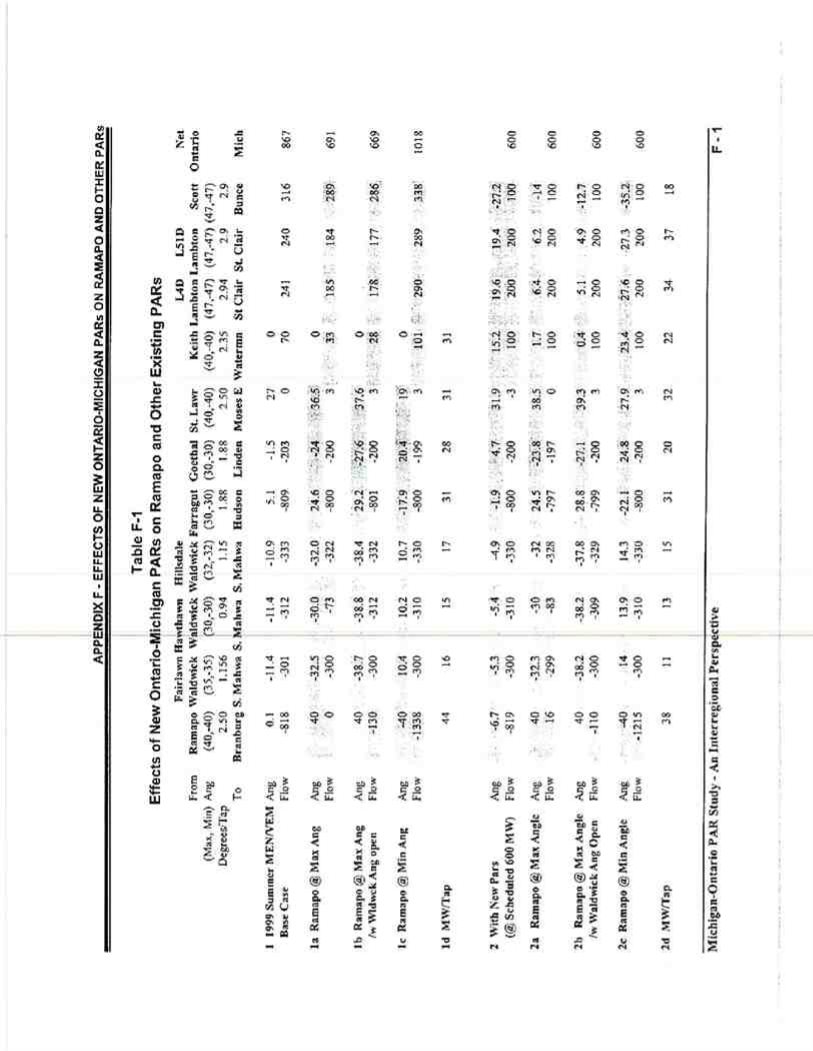
Docket No. ER11-1844
Exhibit No. NYI-44
Page 51 of 53
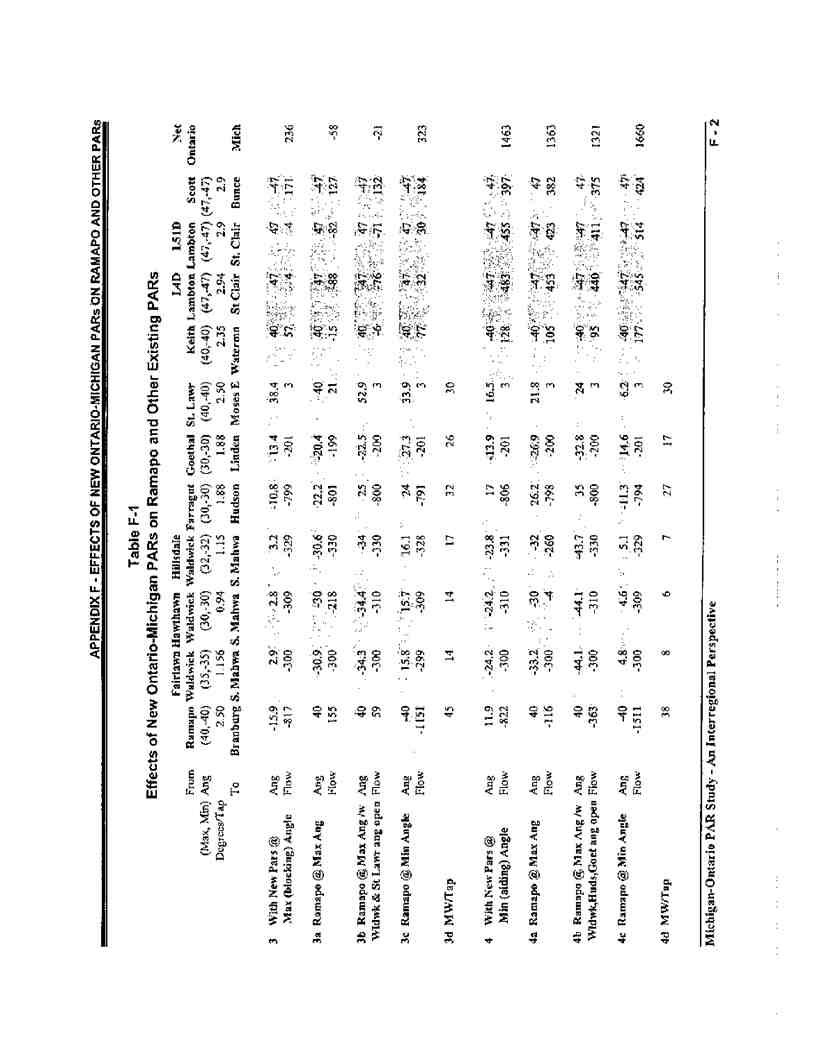
Docket No. ER11-1844
Exhibit No. NYI-44
Page 52 of 53
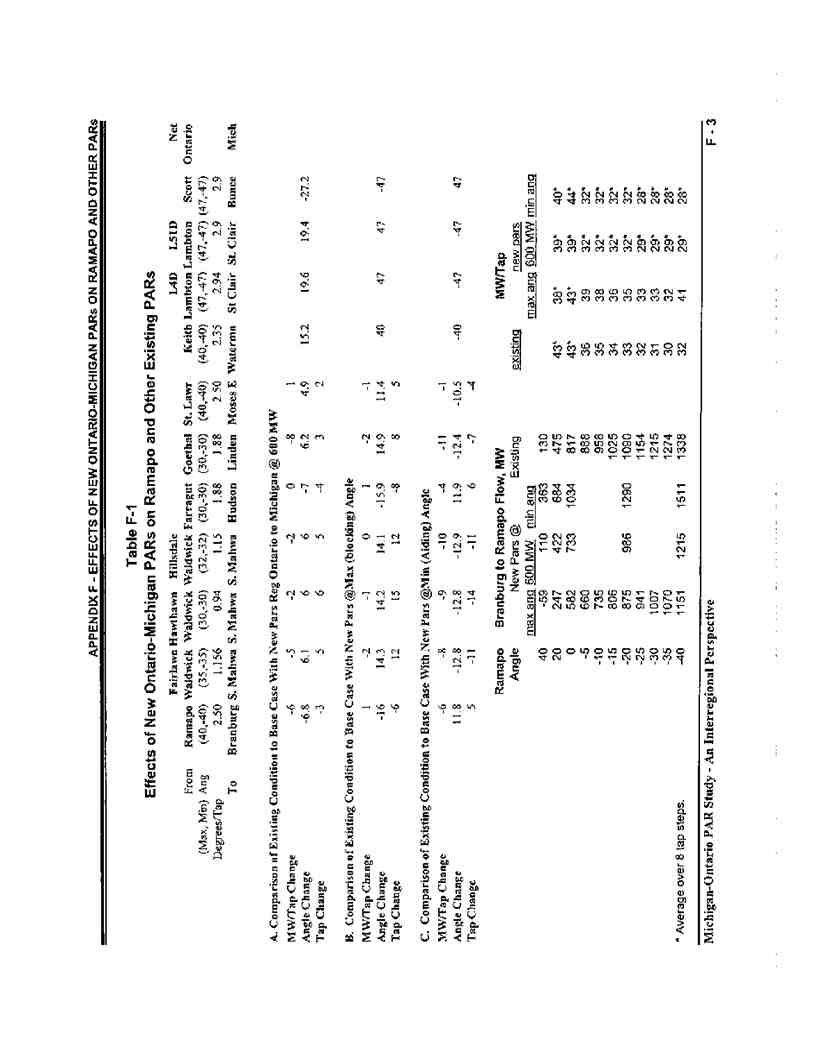
Docket No. ER11-1844
Exhibit No. NYI-44
Page 53 of 53
DOCKET NO. ER11-1844
EXHIBIT NO. NYI-45
Docket No. ER11-1844
Exhibit No. NYI-45
Page 1 of 1
NYISO/MISO 4-2. Has the NYISO ever participated in MISO’s MTEP process?
Response: No.
Sponsored by:Digaunto Chatterjee





























































